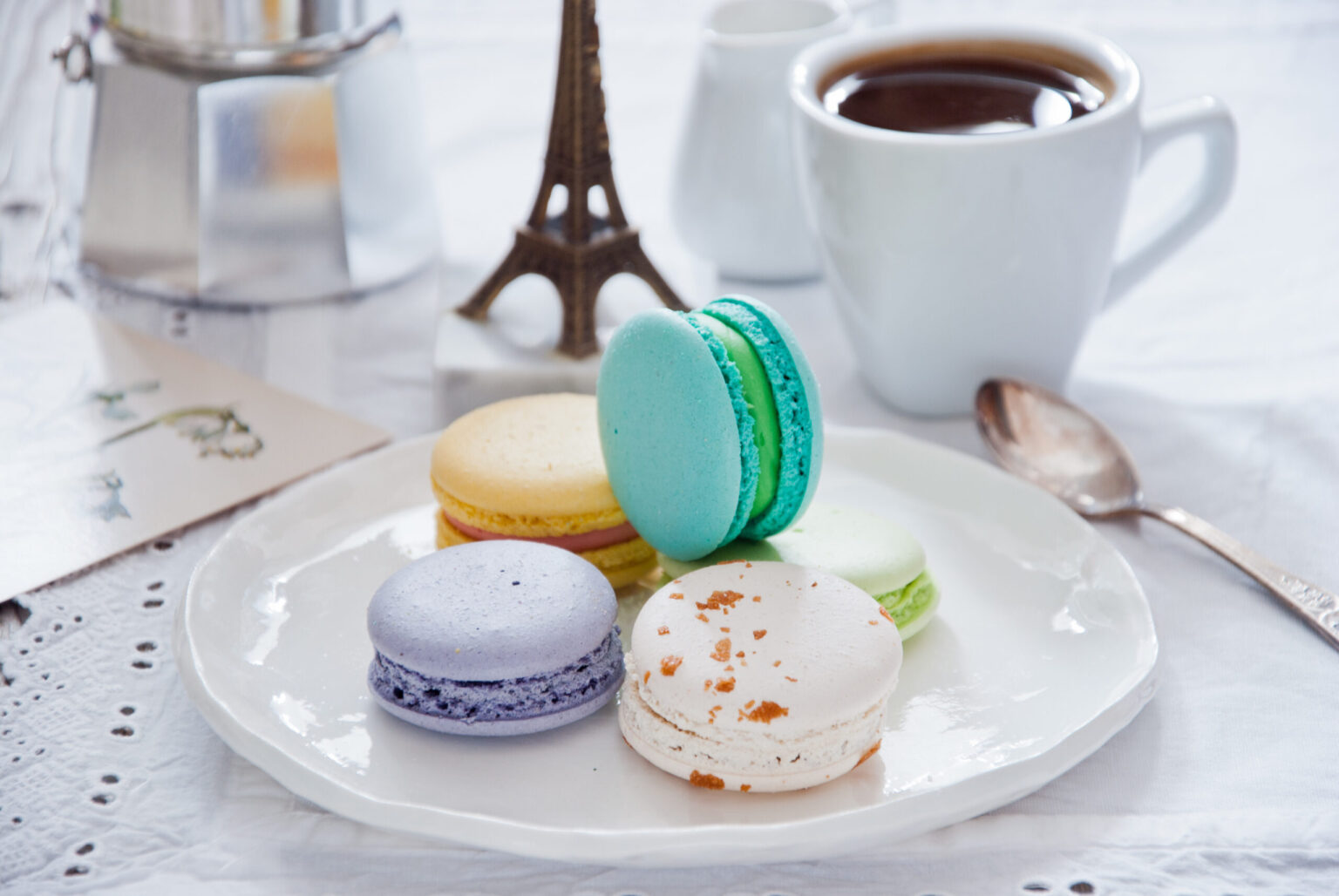Come with us on a delicious journey to the heart of French cuisine. There’s just nothing like the richness and elegance of the best French desserts, and we’re here for it.
Crème Brûlée
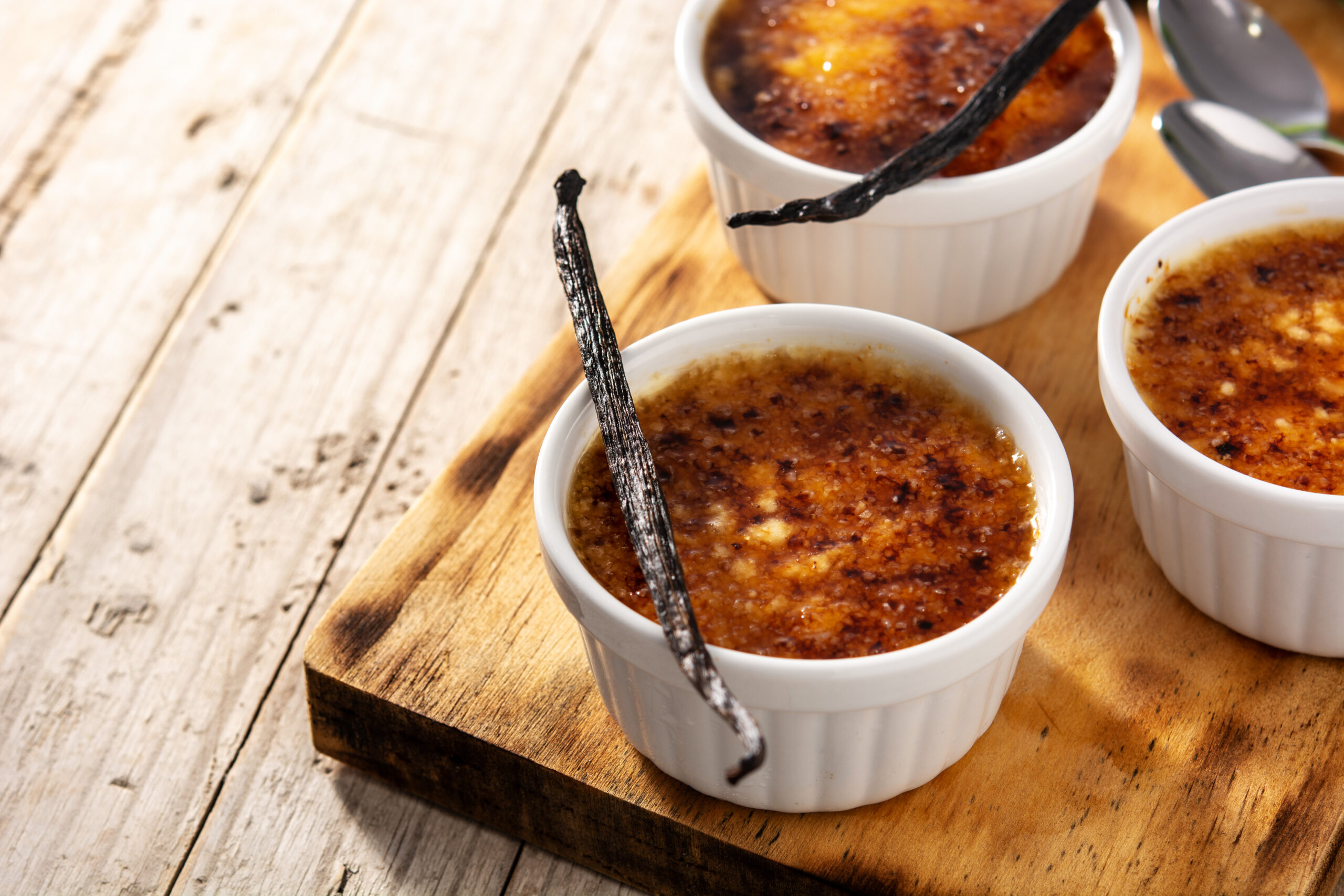
Crème brûlée is basically the poster child for French desserts. This crackly, creamy treat perfectly showcases the elegance and simplicity of the very best French desserts.
It has a luscious custard base, flavored to perfection with vanilla and topped with a crisp, caramelized sugar crust. It’s an experience that crackles with each spoonful.
The secret to a flawless custard is slow, low-temperature baking. To get that perfect caramelized crust, you’ll need a thin layer of sugar and a kitchen torch.
Madeleines
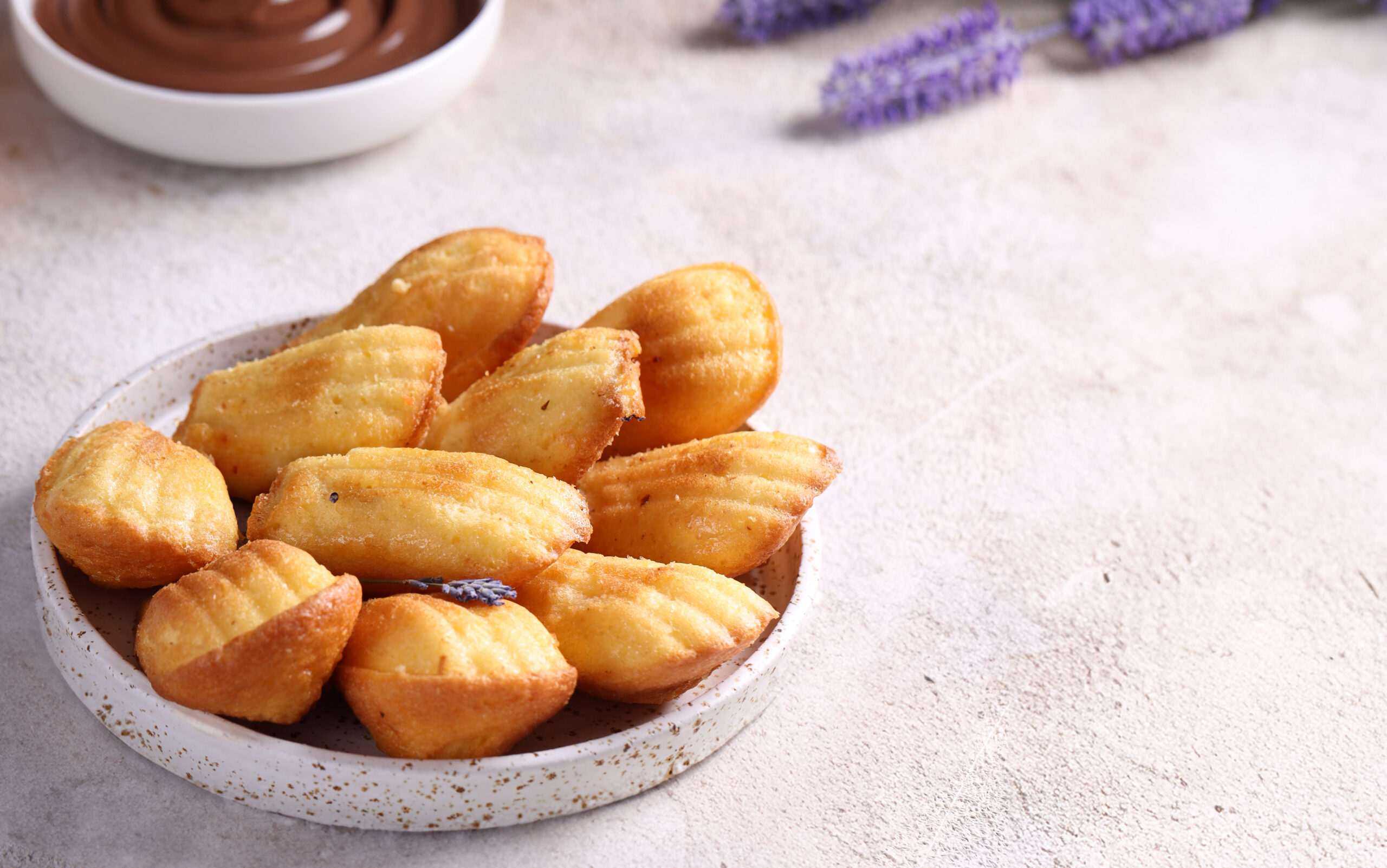
Madeleines are the perfect example of French patisserie charm. These tiny, lemony sponge cakes are known for their distinctive shell shape and soft, buttery texture.
Whipping up the perfect madeleine involves a few key techniques. First, use room-temperature eggs for a lighter batter. Then rest your batter in the fridge.
These steps, plus thoroughly greasing your molds, help make sure that you get that iconic shell shape. You should end up with the perfect, light but sweet treat.
Tarte Tatin

Tarte tatin is a true testament to the beauty of French cuisine. It’s an upside-down apple tart that perfectly combines simplicity and sophistication in every bite.
To master a classic tarte tain, you’ll need to choose your apples carefully. You want firm apples that have a balance of sweetness and tartness.
According to many pastry chefs, the trick to a perfect tarte tatin is peeling the apples the day before. You can also use pears for something different.
Chocolate Soufflé
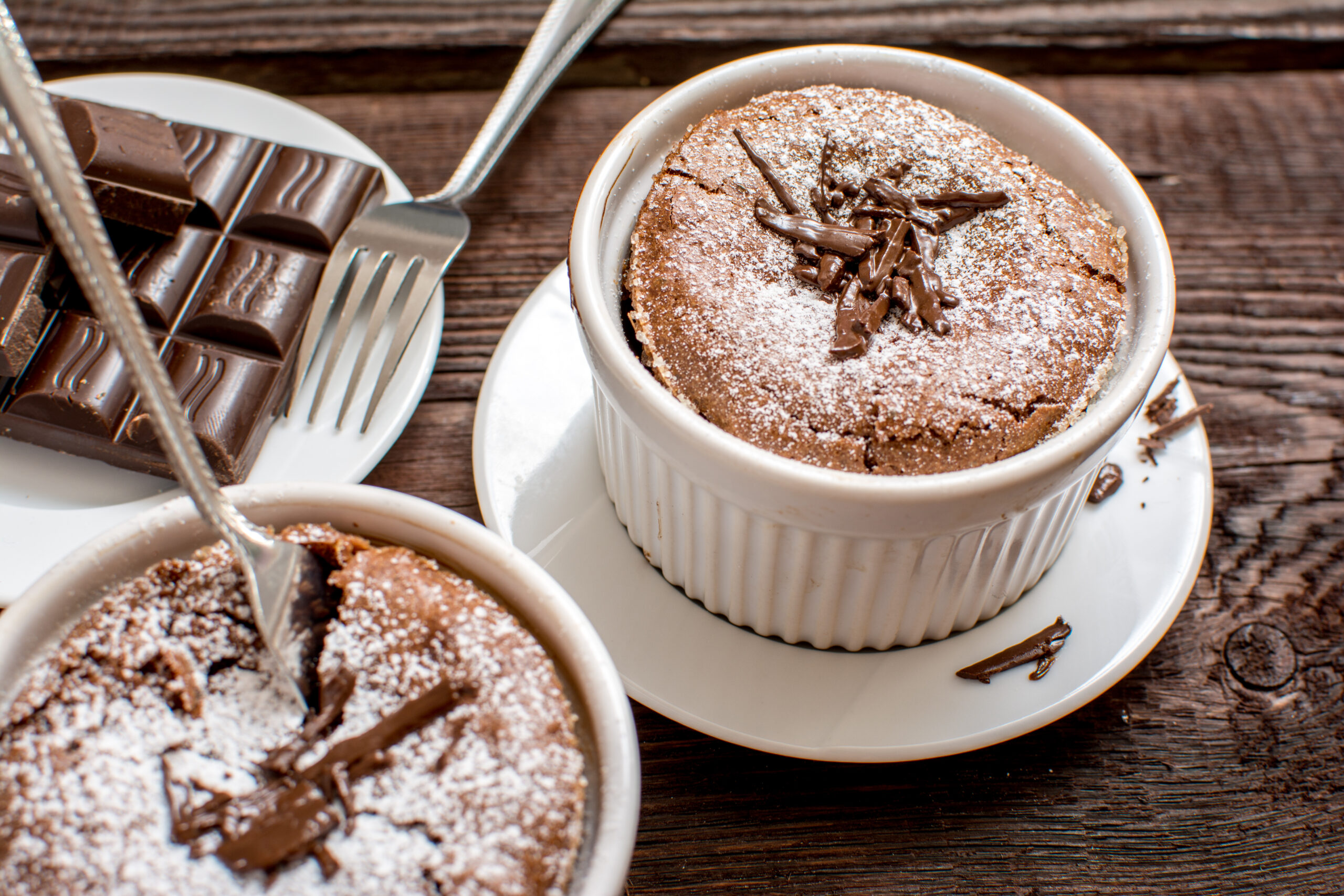
Have you decided to take on the chocolate soufflé? You’re about to embark on a journey that requires precision, finesse, and a whole lot of whisking.
Why is it among the crème de la crème of French desserts? It’s all in the dramatic puff and soft texture that tastes like a warm hug feels.
If you’re going to make this yourself, be swift but gentle when folding in your egg whites. When it comes to soufflé, timing and finesse are everything.
Clafoutis
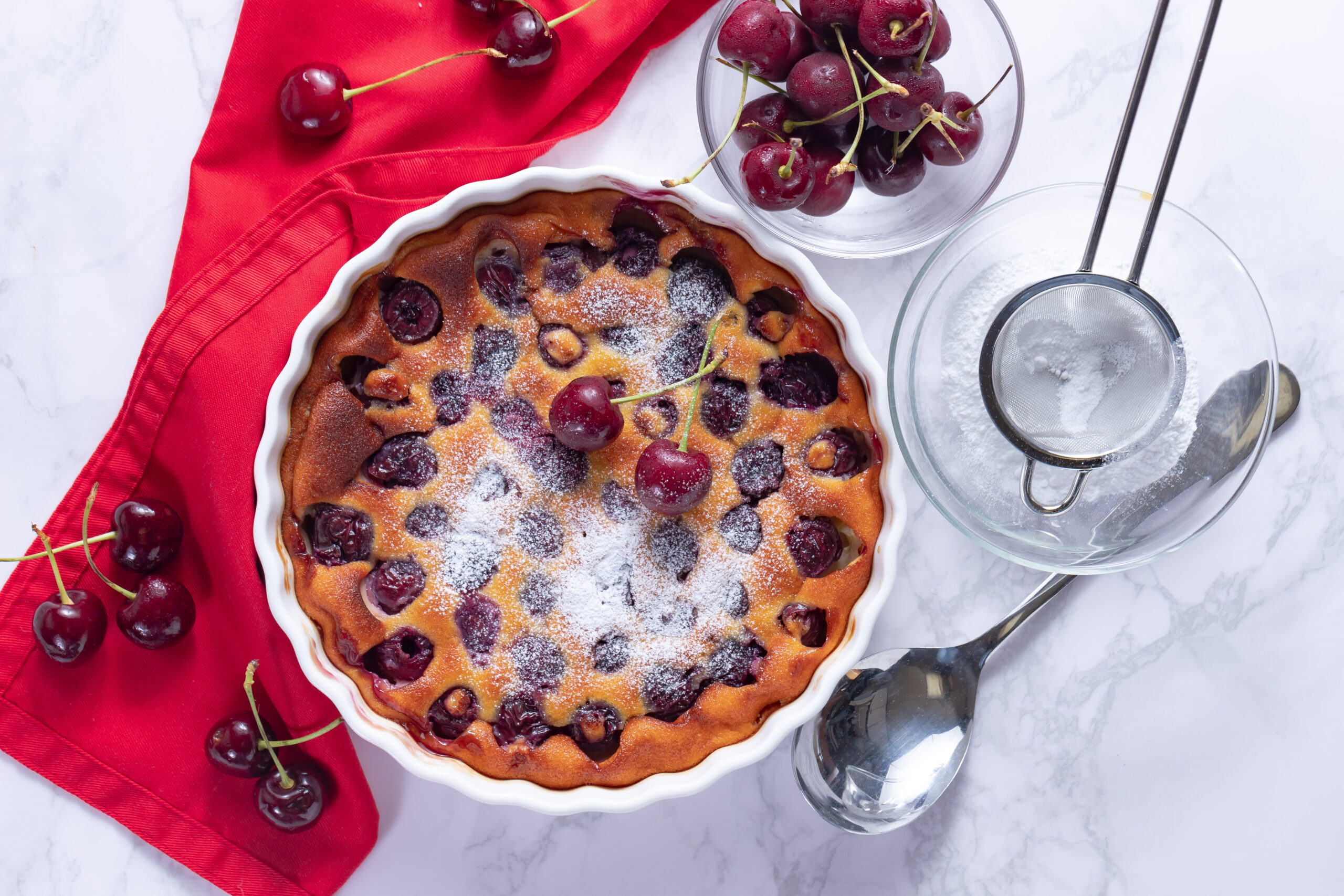
Clafoutis is a dessert that’s like a fun French cousin: easygoing but sophisticated. It showcases ripe cherries and a sweet, custardy filling baked to golden perfection.
This dessert hails from the Limousin region of France. And yes, this name is also where we get the word “limousine” for fancy stretch cars.
The name Clafoutis comes from the Occitan word “clafir,” which means “to fill.” And like the name suggests, this dessert is filled to the brim with deliciousness.
Éclairs

Eclairs are one of the most popular French desserts for good reason. They’re distinguished by their airy pastry, smooth cream filling, and rich chocolate glaze.
Originating in France in the 19th century, eclairs have maintained their status as a dessert favorite. There’s no such thing as too many eclairs.
If you’re making these at home, the key lies in mastering the pastry to ensure it’s perfectly puffed. Patience with the cream filling is also essential.
Macarons
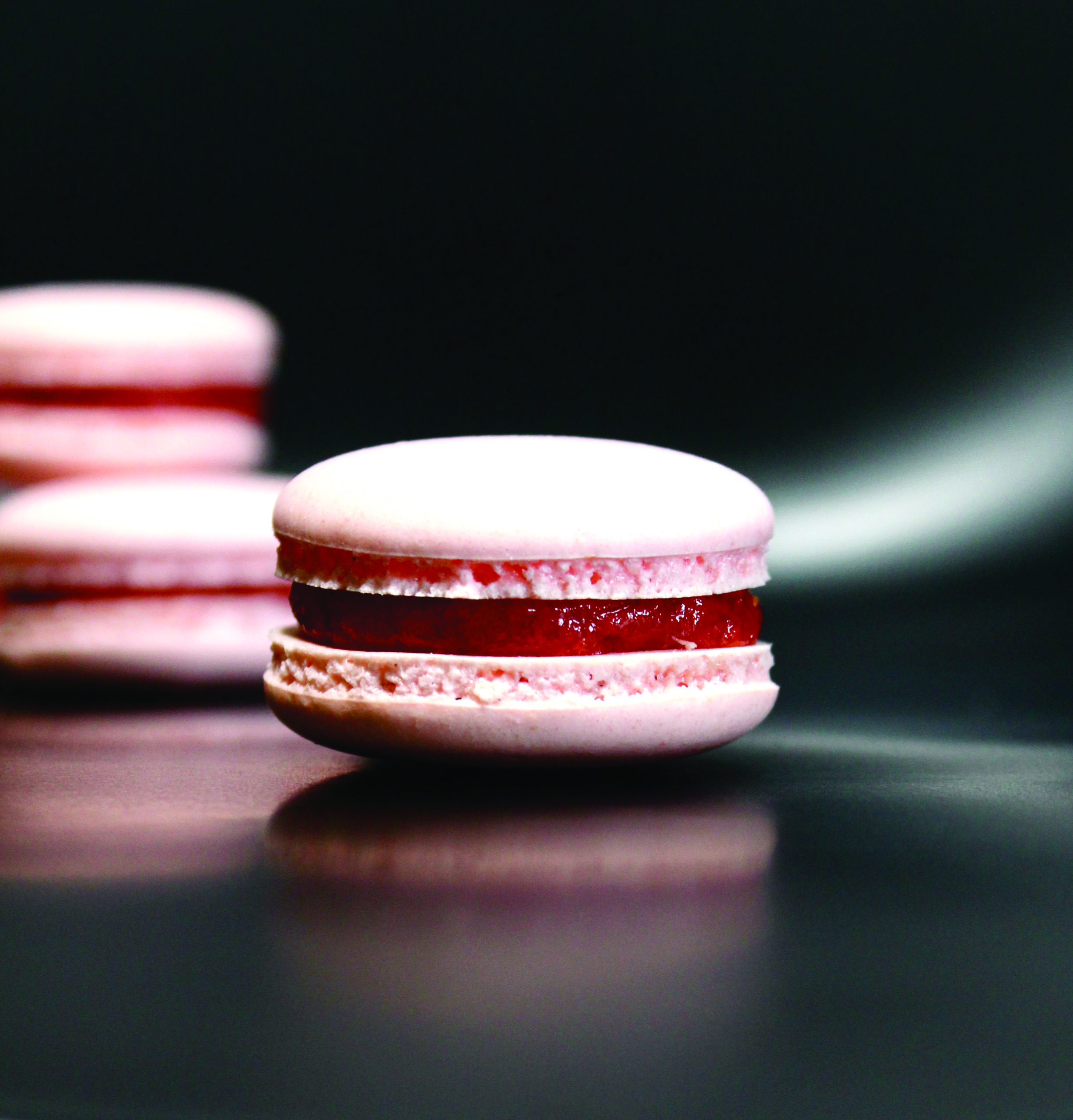
Macarons are truly the divas of French desserts. These delicate, colorful little dessert sandwiches are the perfect mix of chewy and creamy, and they’re adorable, too!
Born in Italy (plot twist!), but raised in France, they’ve been satisfying sweet tooths since the Renaissance. So what’s the secret to nailing a perfect macaron at home?
Patience, precision, and maybe a pinch of whimsy. Whip your egg whites vigorously, but treat the almond flour mix with the utmost tenderness and care.
Profiteroles
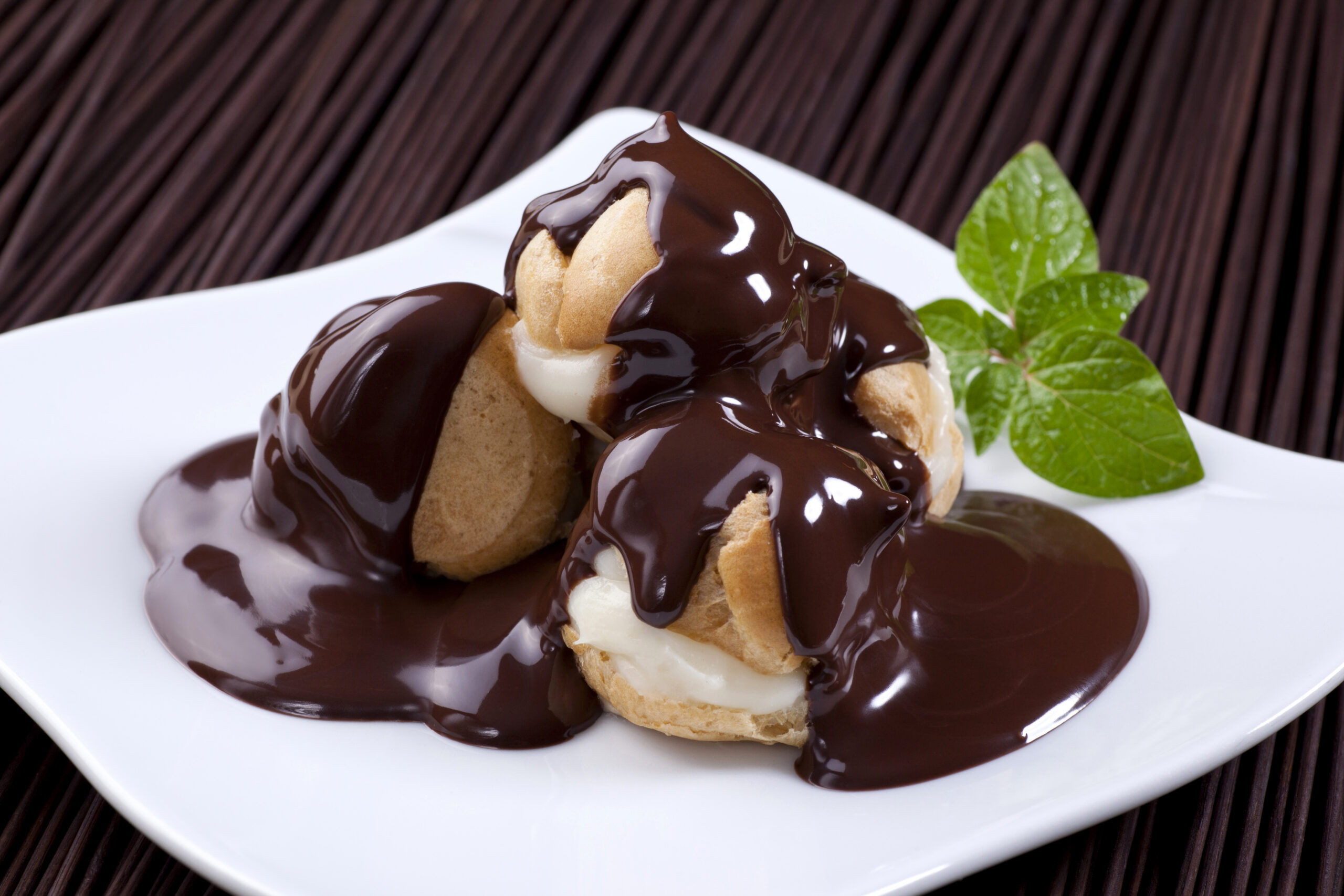
Profiteroles are the ultimate French glow-up story. They take humble pastry dough and turn it into a swanky, sophisticated dessert. Too much chocolate? No such thing.
Just imagine bite-sized, airy cream puffs, filled with whipped cream or ice cream. Then, they’re drizzled—or let’s be real, drenched—in chocolate sauce. What could be better?
Born in the Renaissance, these little guys were the original “treat yourself” moment. The key to good profiteroles? Keep the dough dry to get the perfect puff.
Mousse au Chocolat
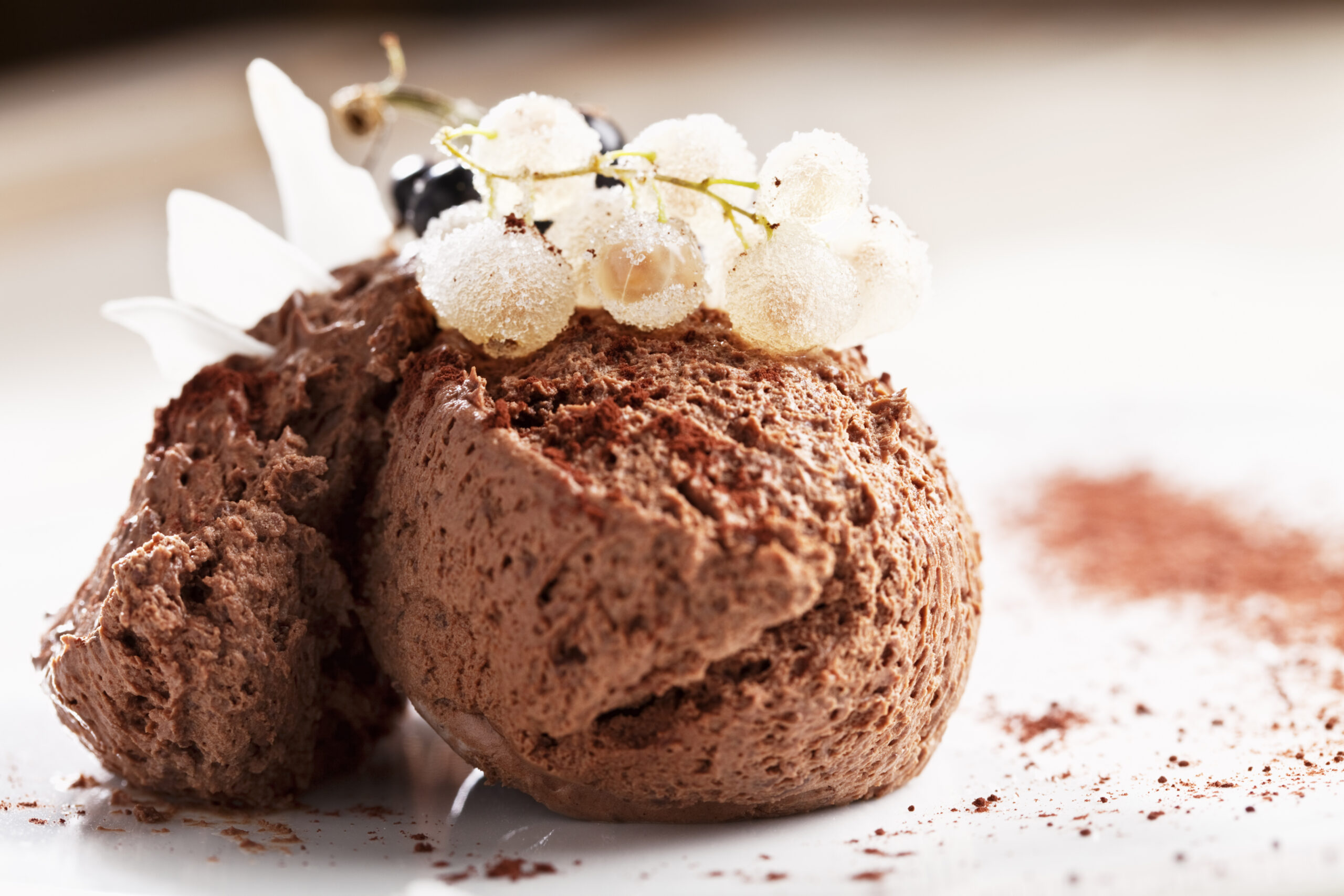
Mousse au chocolat is like the cool, effortless French best friend we all wish we had. It’s basically the little black dress of desserts: perfect for every occasion.
This dessert is a beautiful fling between whipped cream and melted chocolate that started in the 18th century. It’s been tantalizing taste buds ever since.
When making this, quality chocolate is key—you can’t have good mousse without good chocolate. And remember, gentle folding is a mousse’s best friend for that silky texture.
Paris-Brest
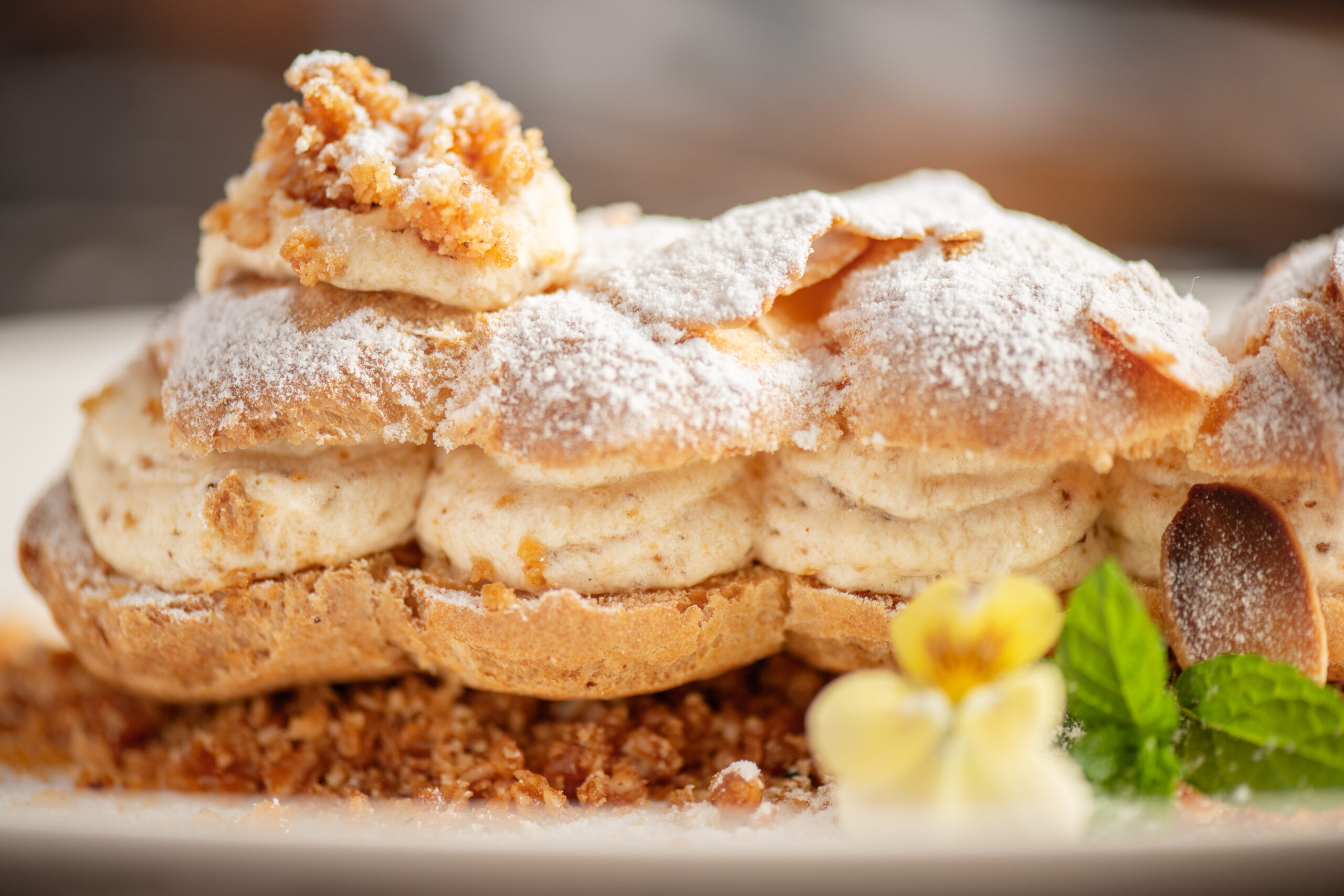
The Paris-brest is the Tour de France of desserts—no, really. Created in 1910 to commemorate the iconic bike race, its shape actually imitates a bicycle wheel.
This isn’t your average pastry; it’s a praline cream-filled, doughnut-shaped choux that walks a fine line between nuttiness and sugary sweetness. And it’s mouthwateringly delicious.
Pro-tip for making this dessert? A dash of almond extract in the filling can elevate your homemade Paris-brest from “yum” to “can’t stop, won’t stop.”
Financiers
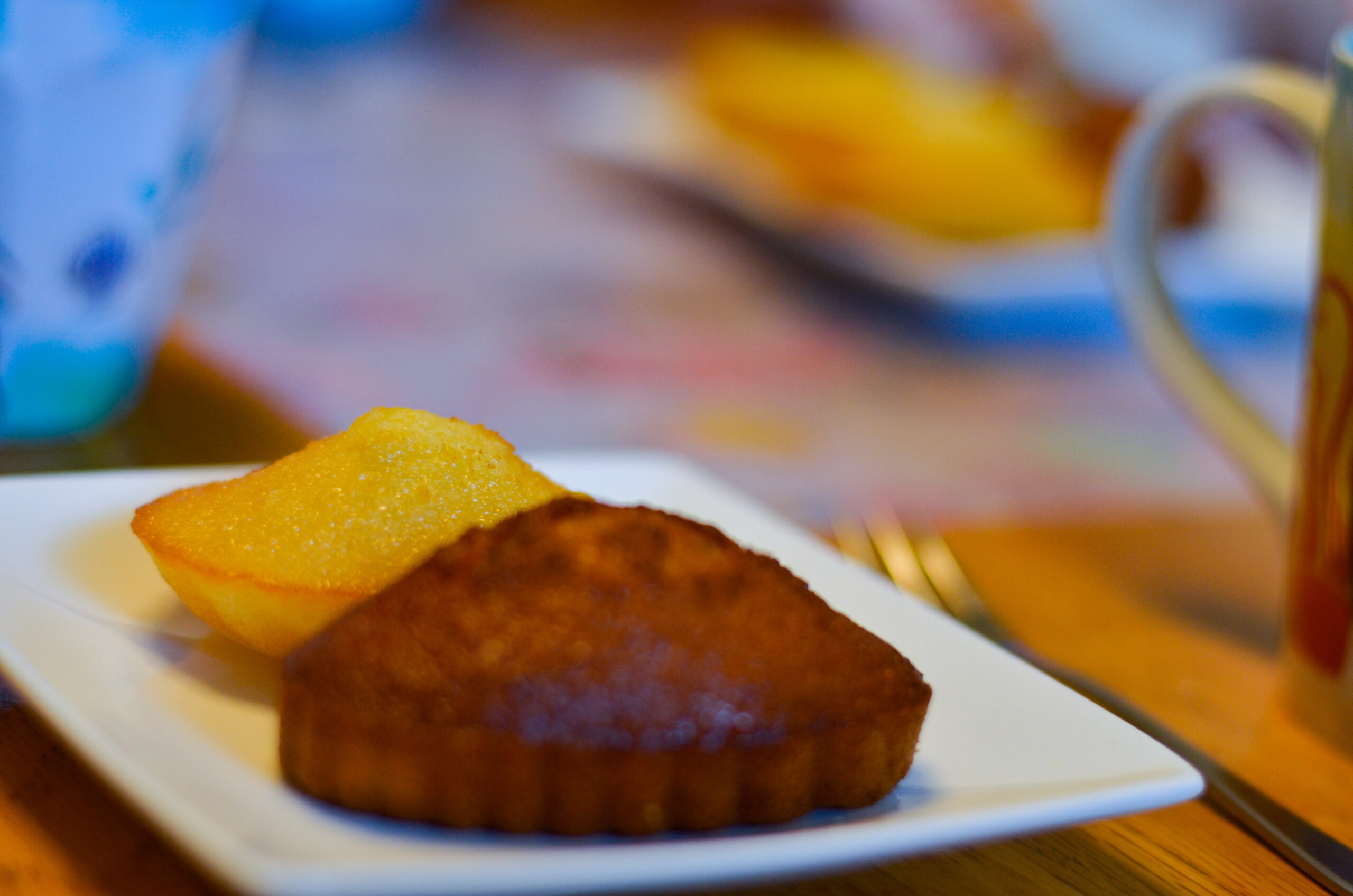
Financiers are the French pastry wolves of Wall Street—rich, small, and perfectly shaped to fit in a banker’s pocket. That’s how they got their name!
These little almond-flavored cakes, with their crispy edges and soft, buttery centers, are a tribute to contrast. And they’ve been around a while, originating in the 1800s.
The trick? Brown the butter to a nutty perfection, and don’t skimp on the almond flour. It makes all the difference for this game-changing dessert.
Galette des Rois
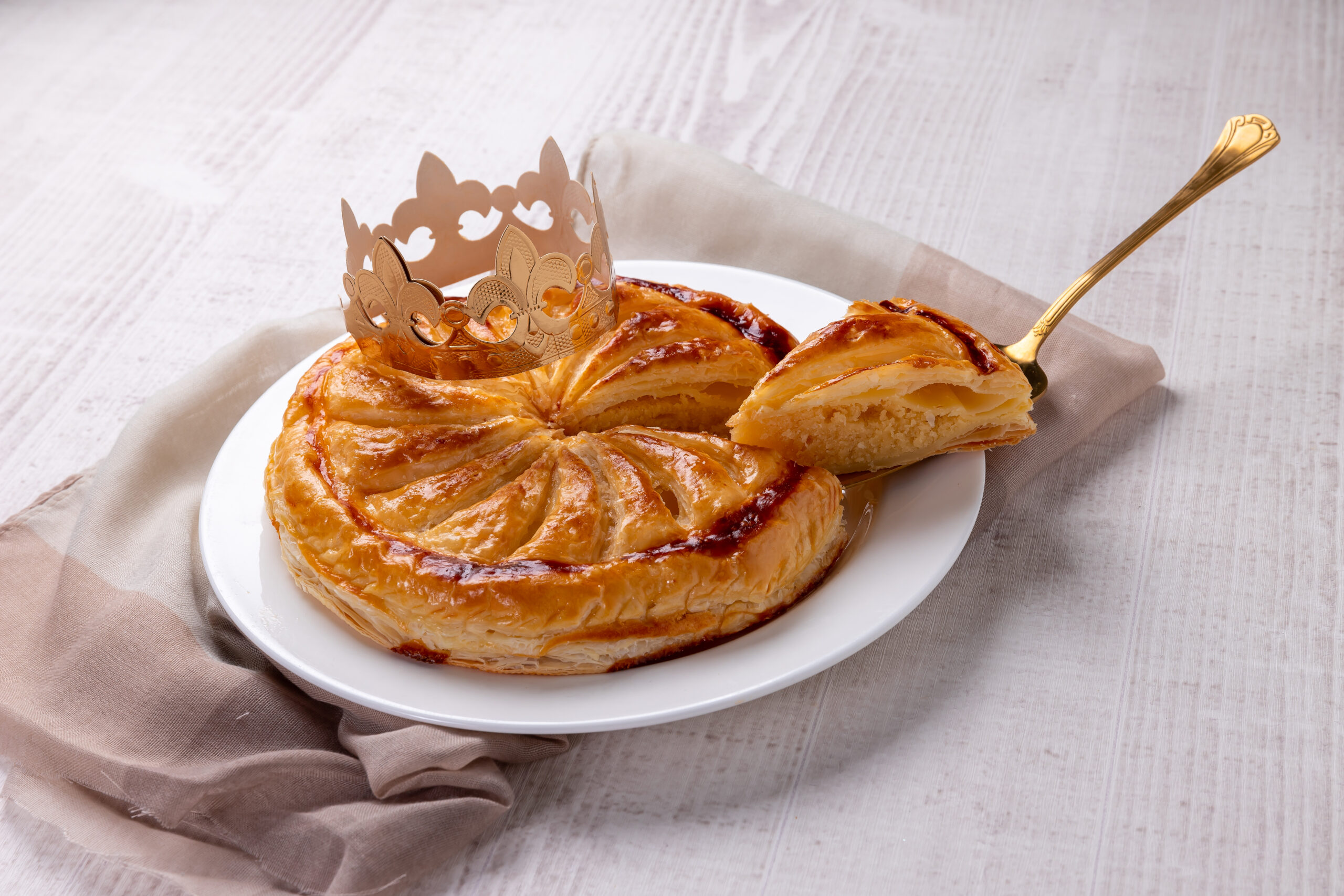
This dessert is the culinary equivalent of finding the golden ticket, but in France and with better odds. With its golden ornamentation, it’s truly something special.
Galette des Rois is also known as an Epiphany cake because it’s often served to celebrate Epiphany. That’s a Christian day of feasting and religious celebration.
The fun part? There’s a hidden charm inside, and the finder becomes royalty for the day (crown included). Just remember to warn your guests about the charm.
Sablé Breton
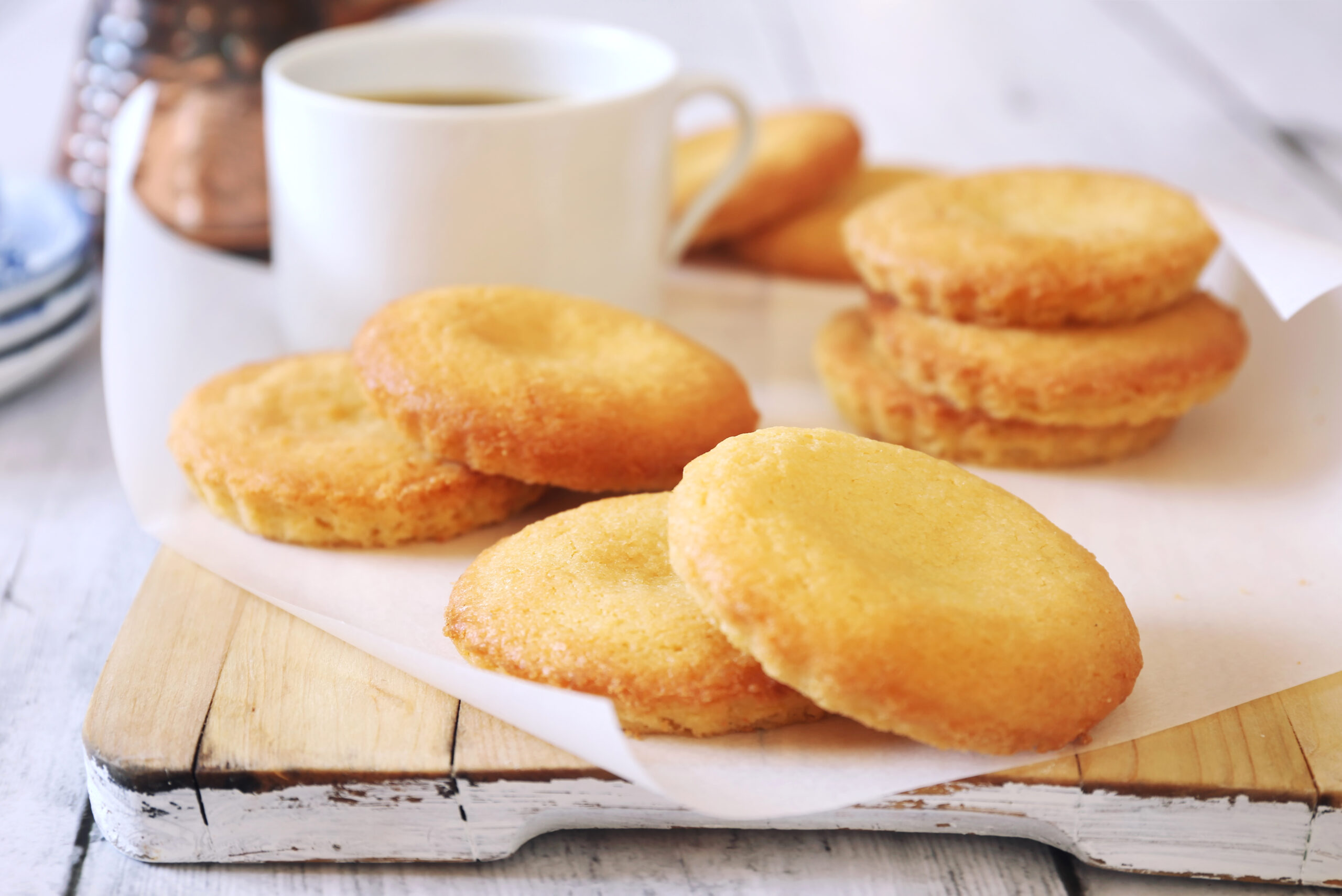
Hailing from Brittany, this crumbly cookie is a testament to the magic of simple ingredients done right. It’s comforting, buttery, and slightly salty.
Why is it a dessert champion? It’s versatile: perfect with tea, as a posh dessert base, or just for snacking. They can pretty much pull anything off.
When making these yourself, don’t skimp on quality butter and a pinch of sea salt. Serve it whenever you need a little joy or simple sophistication.
Opera Cake
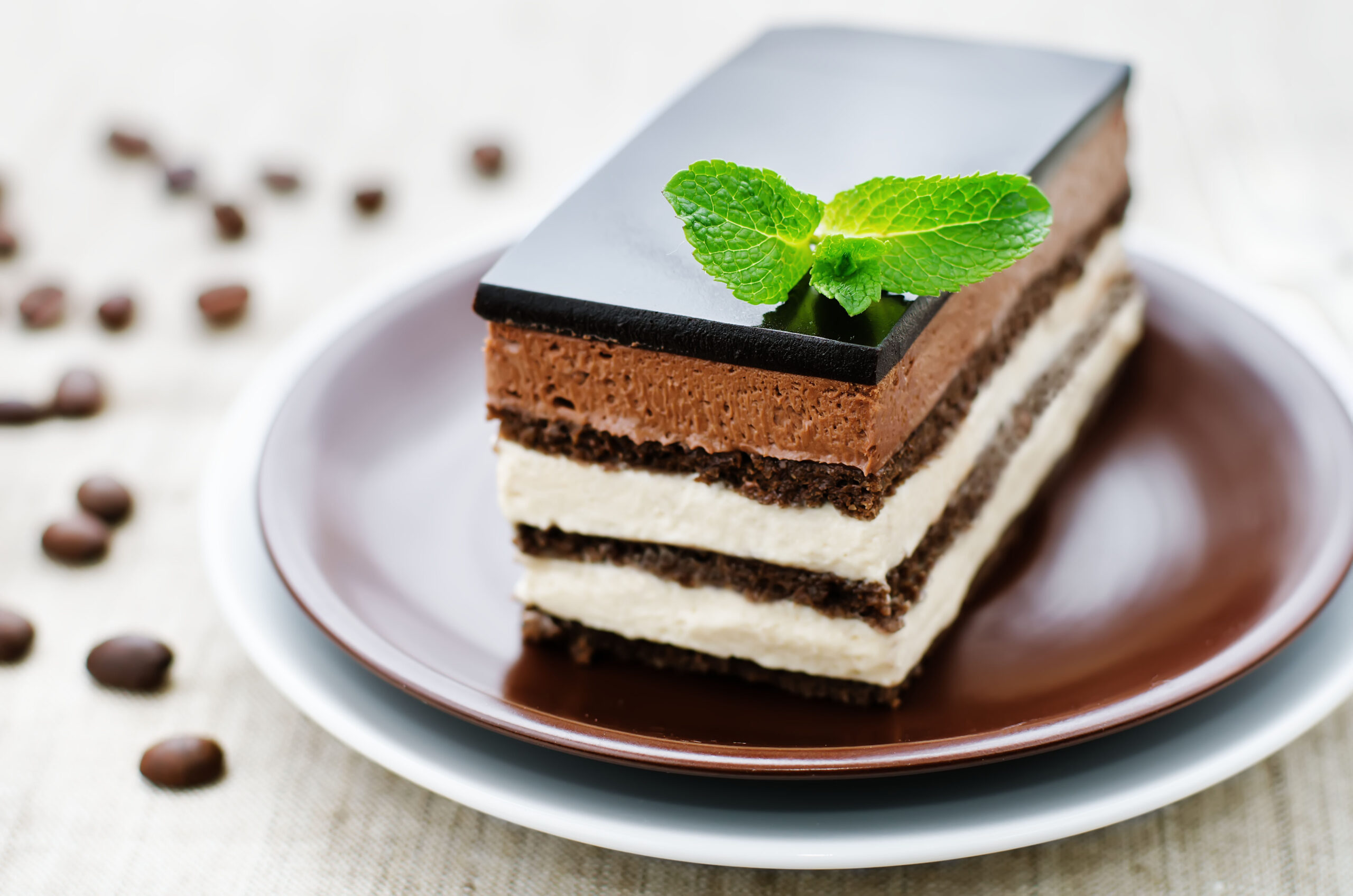
Opera Cake features layers of delicious almond sponge cake soaked in coffee syrup. It’s layered with ganache and coffee buttercream, and topped with a chocolate glaze.
Why all the applause for this dessert? It’s a masterpiece of balance and elegance, and it’s rumored to have been named for the Paris Opera.
This dessert is perfect for when you want to impress (think fancy dinner party or in-laws). Aim for harmony in every layer, and you’ll have a showstopper.
Tarte au Citron
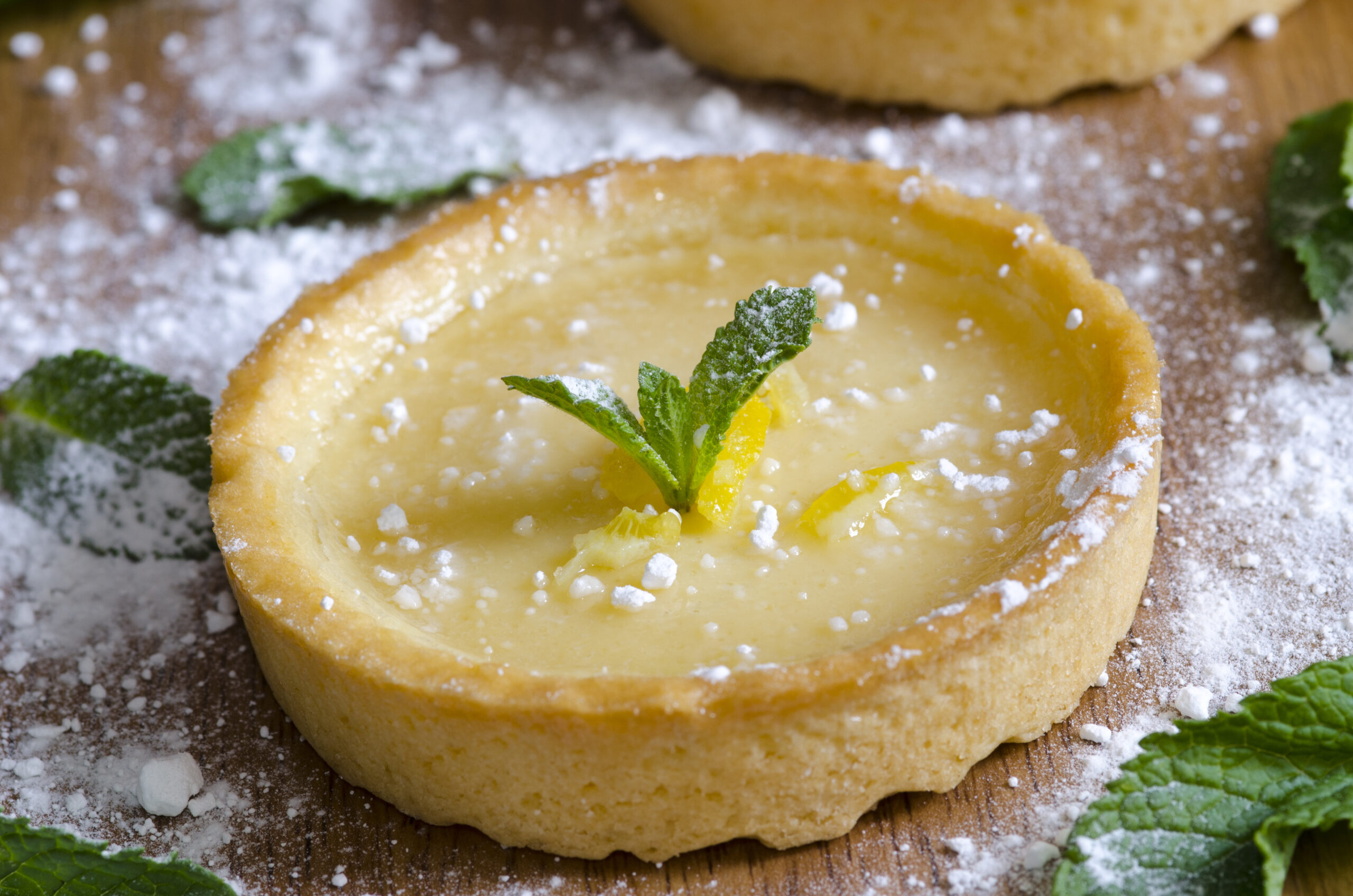
This zesty dessert proves we can have our tart and eat it too. It’s all about striking the perfect balance between tangy filling and buttery crust.
Best served at garden parties or as a bright finish to a heavy meal, it’s our go-to for impressing without stressing. It’s like sunshine on a plate.
Real lemons, not the bottled juice, and a little patience with the crust will take you from kitchen novice to citrus virtuoso. Trust us, it’s a game-changer.
Poire Belle Hélène
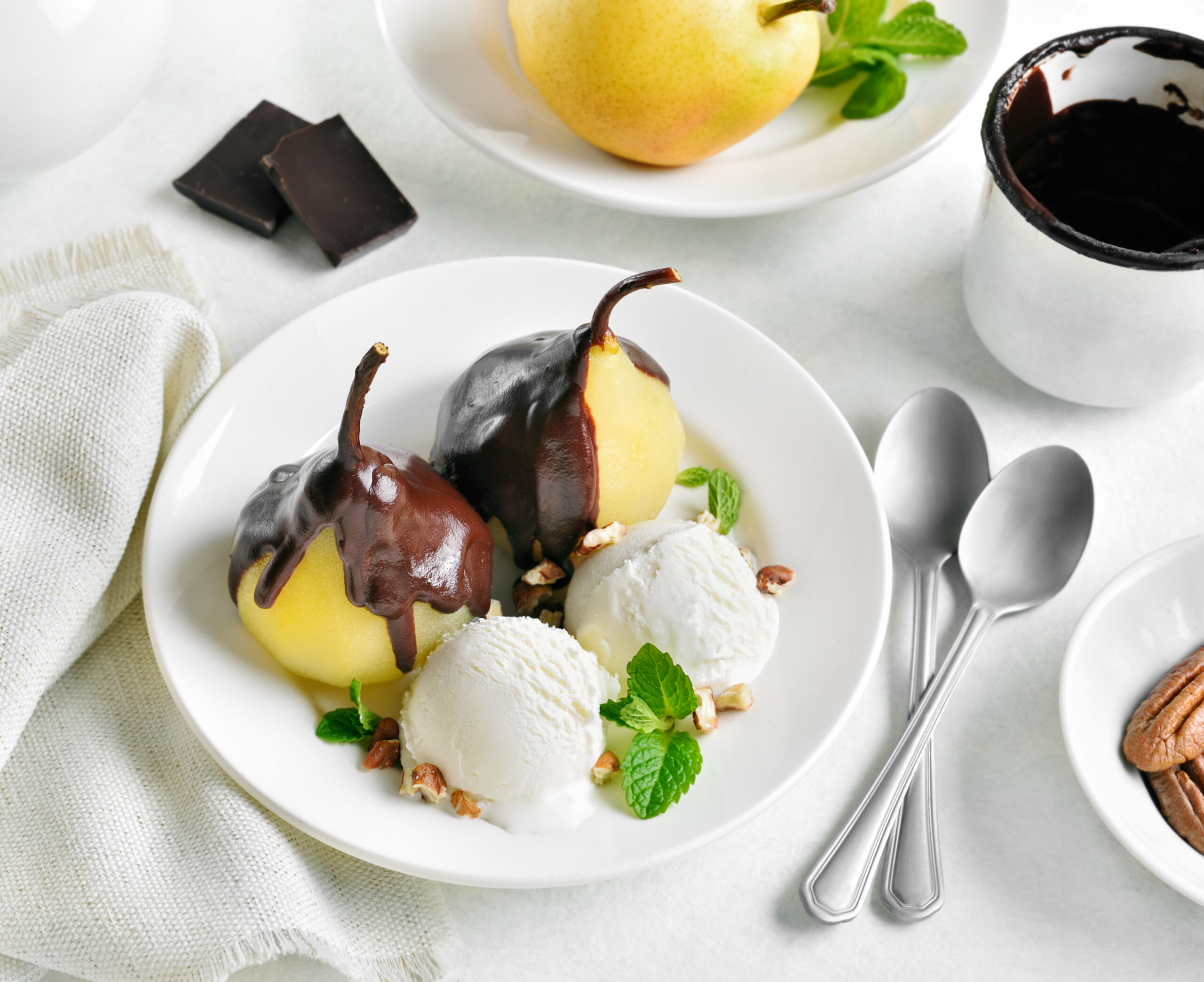
Poire Belle Hélène is a truly elegant French dessert. It features poached pears covered in rich chocolate sauce and served with silky smooth vanilla ice cream.
This dish combines the sweetness of pears with the richness of chocolate for a unique profile. It originated in the 1860s and was named after an opera.
Poire Belle Hélène is perfect for dinner parties or special occasions. For the best results, choose pears that are ripe but firm, and use real vanilla ice cream.
Petit Fours
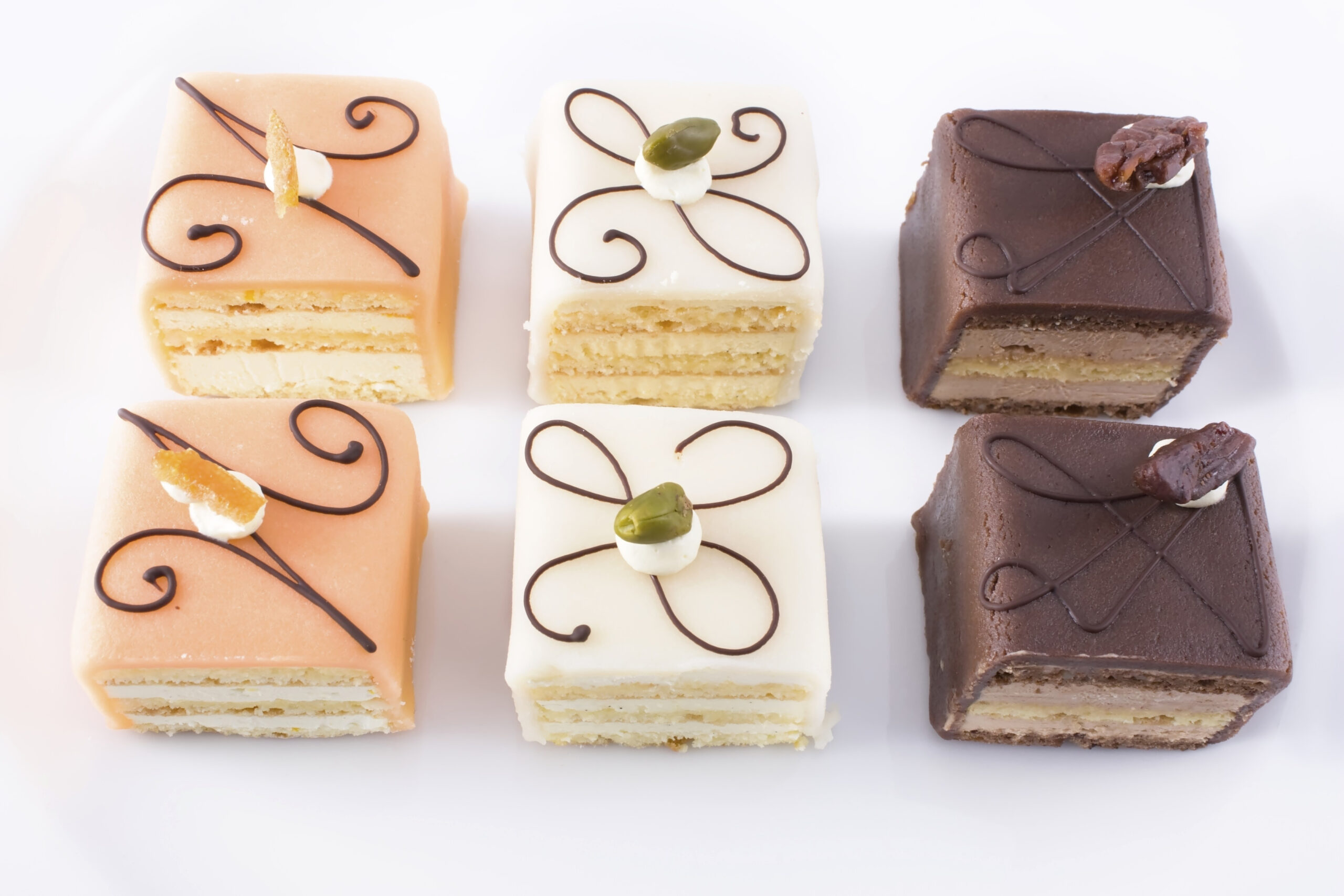
Petit fours are the ultimate dessert multitaskers. They’re tiny, but they pack a lot of flavor. They’re like the snackable version of a fancy layered cake.
These bite-sized delights come in layers of sponge cake, jam, and a coating of fondant or chocolate. They have historically been served at high-class events.
Petit fours are one of our go-to desserts for making any occasion feel special. The hard part is making them look as good as they taste.
Bûche de Noël
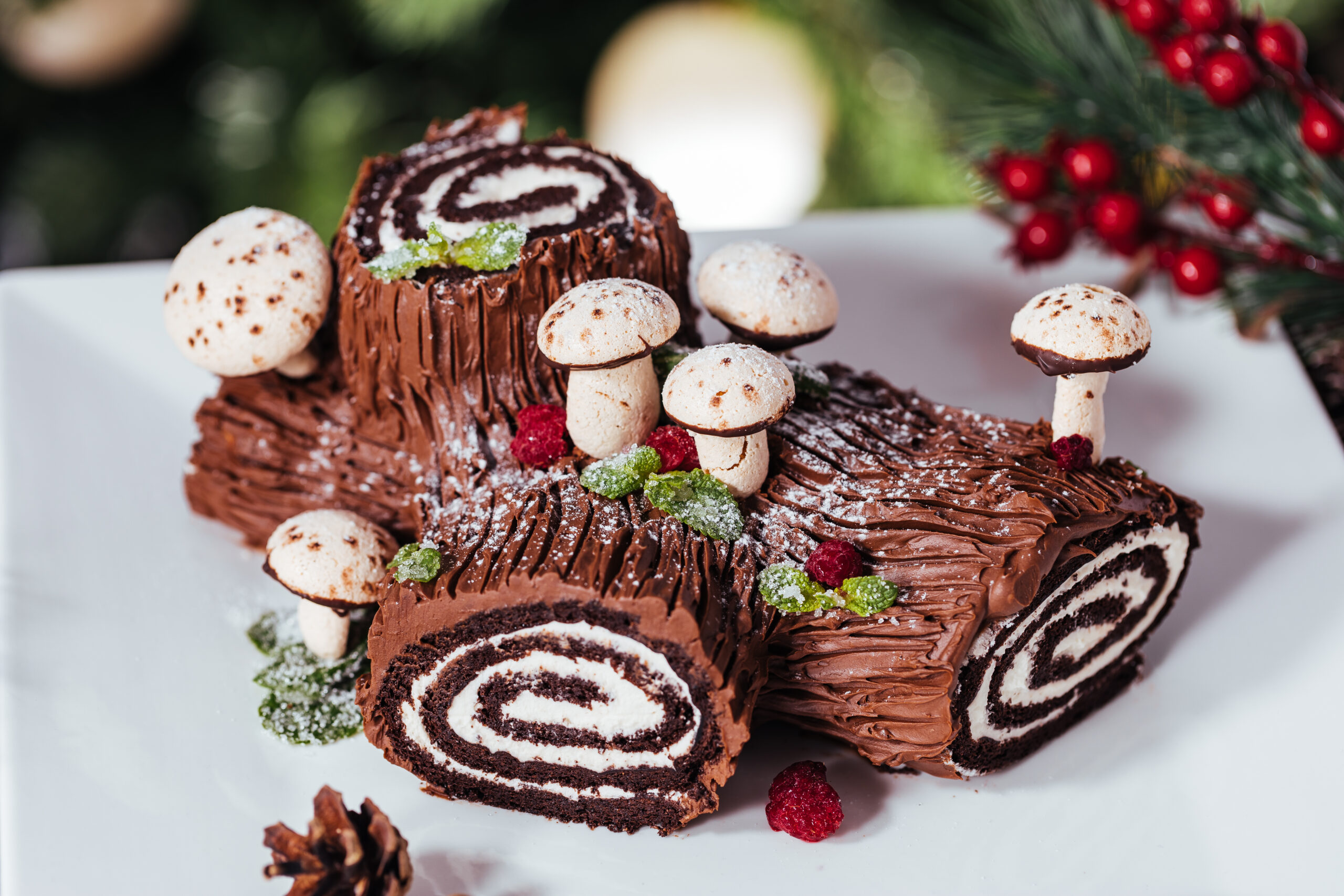
The Bûche de Noël, or Yule Log, is basically the Christmas tree of desserts. It’s festive and full of life. Except this one, you’re encouraged to eat.
This cake is a sponge rolled with cream, masquerading as a log, complete with bark texture (thank you, chocolate). And don’t forget the occasional marzipan mushroom.
Originating in France as a nod to ancient solstice traditions, it’s a perfect Christmas centerpiece dessert. Bring the forest to your table, minus the splinters.
Crêpes Suzette
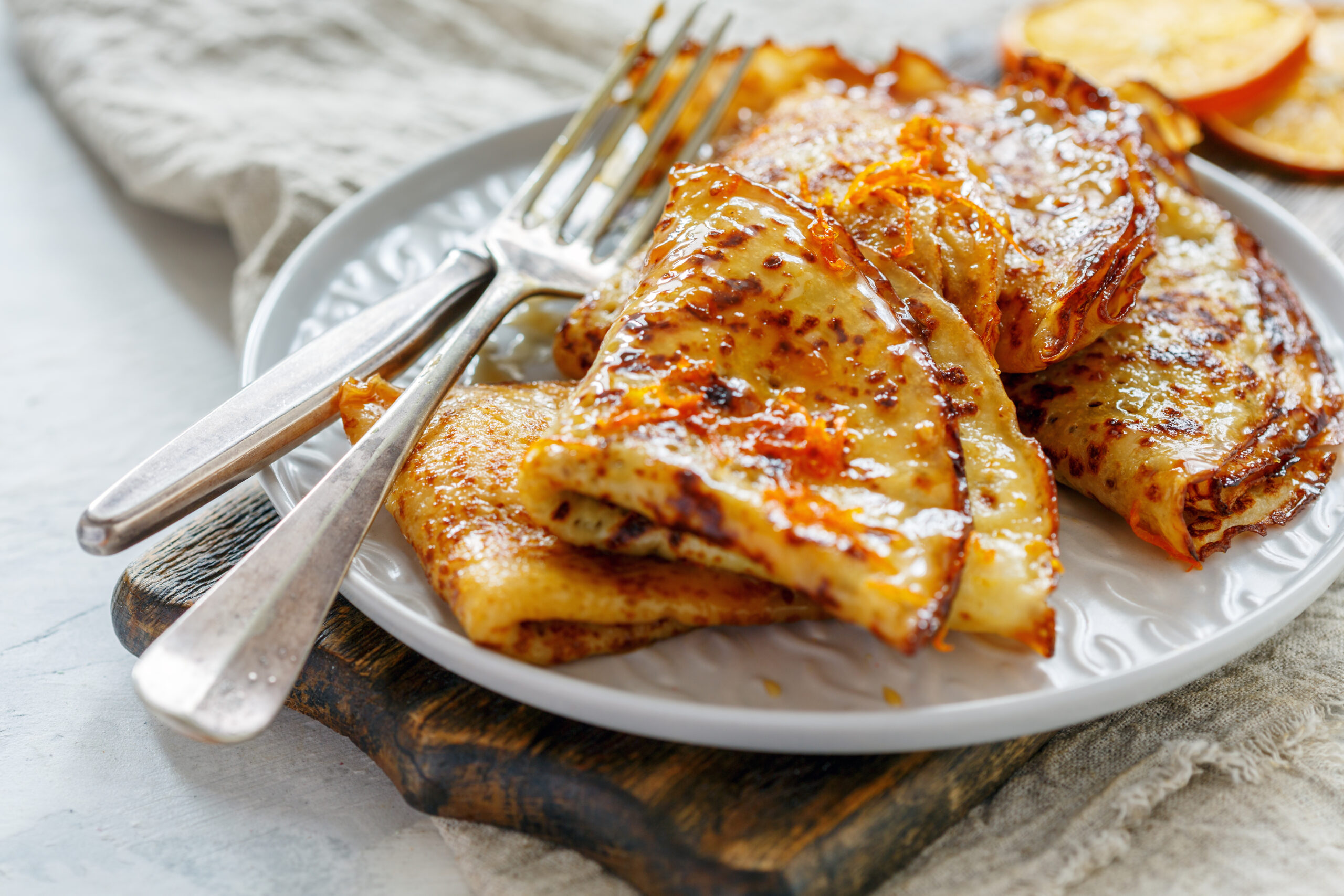
Crêpes Suzette is where breakfast and dessert live together in delicious harmony. It takes the humble crêpe and elevates it with zesty orange sauce, flambeed to perfection.
This dish is rumored to have been created by accident in a French café for a prince. The trick for a perfect Suzette is nailing the orange sauce.
Serve this dessert when you want a bit of flair with your meal. And we mean that literally, since you’ll be setting it on fire (safely, of course).
Pain Perdu
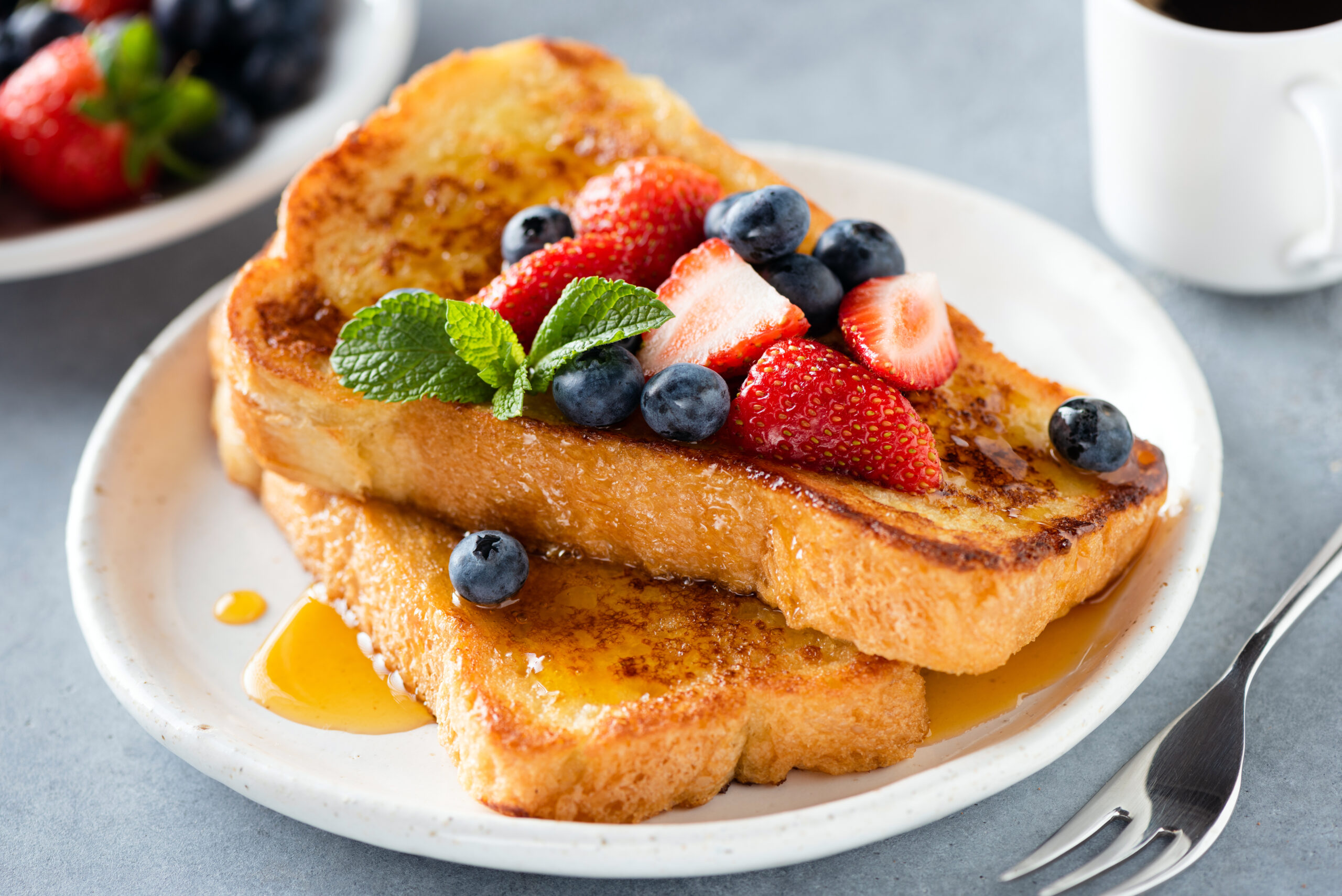
You might be thinking, “That’s just French toast.” And you’d be right. But Pain Perdu takes it from a breakfast staple to a dessert showstopper.
Its name actually means “lost bread,” because it’s a genius way to give stale bread new life by soaking it in an eggy mixture and frying it.
Serve it as a brunch highlight or a cozy dessert with a twist. Key tips? Use thick slices of bread and don’t rush the soaking step.
Gâteau Basque
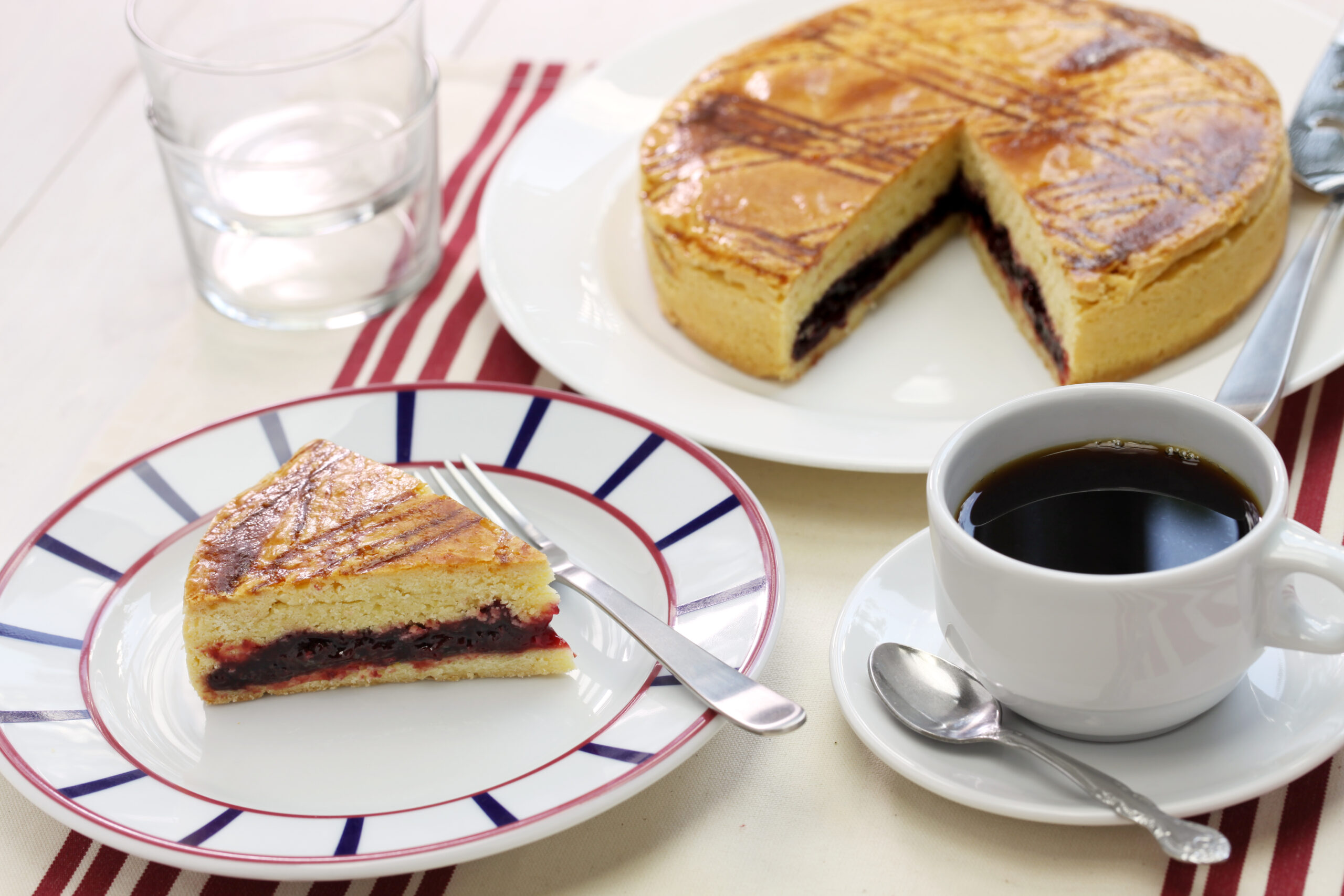
You might not have a Basque grandma, but Gâteau Basque will make you wish you did. It’s a simple but stunning pastry filled with custard or jam.
Why do we love it? It’s comfort food with a side of elegance, perfect for an afternoon coffee or a dessert that doesn’t overwhelm you with sweetness.
The pro move here is nailing the pastry-to-filling ratio for that just-right bite. And don’t rush the baking—patience makes all the difference in making a good Gâteau Basque.
Kouign-Amann
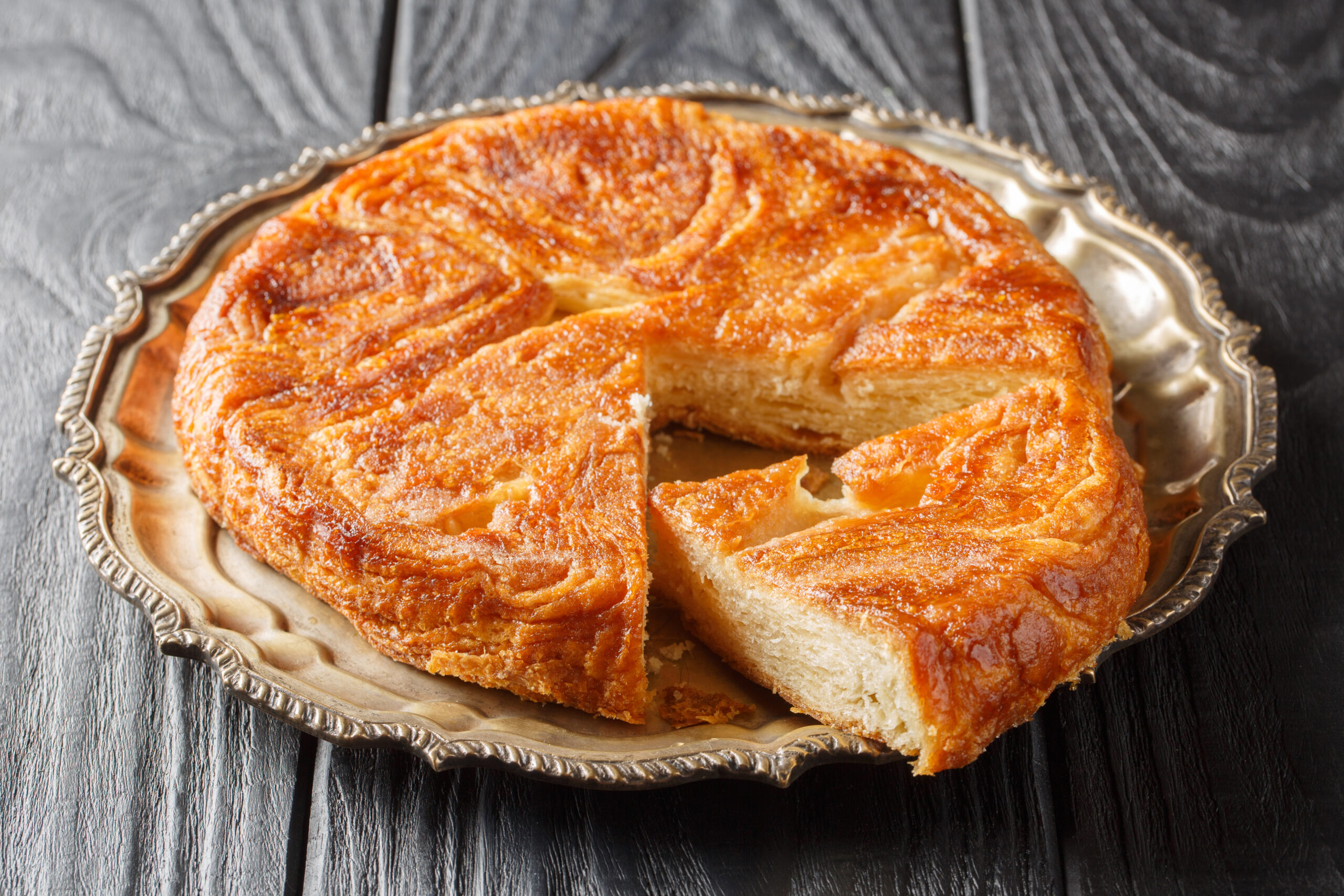
Kouign-Amann is like a croissant’s cooler, edgier cousin who studied abroad and came back with a tan. It’s a delicious stack of butter, dough, and sugar.
Originating from Brittany, France, this pastry is baked until it achieves a crispy, golden exterior with a tender, flaky interior. Why do we love this dessert?
It’s the perfect blend of sweet, salty, and buttery. Serve it at brunch to wow your friends or as an indulgent treat with afternoon coffee.
Fraisier Cake
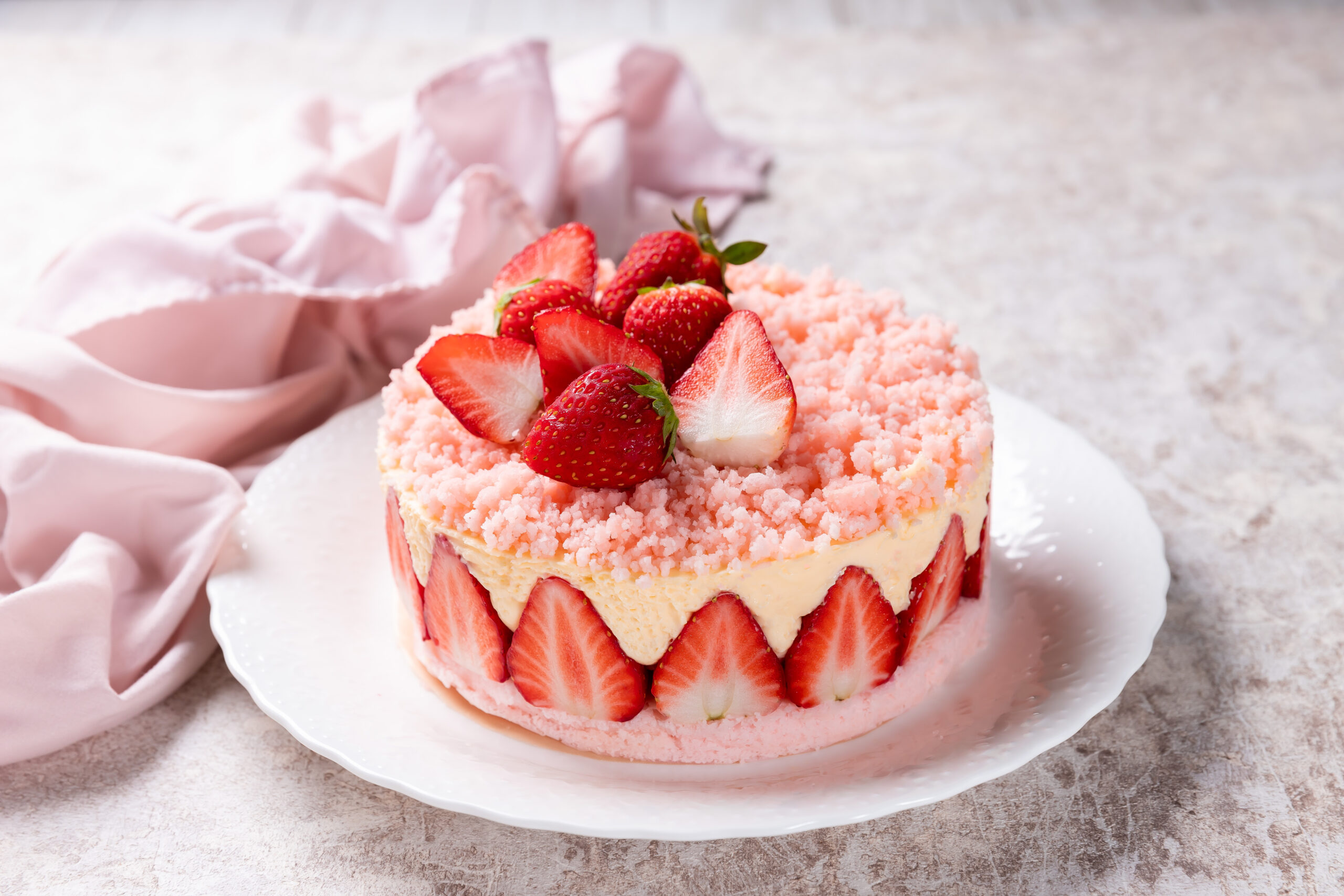
Fraisier Cake is the culinary equivalent of showing up in a gown to a casual brunch—over the top, maybe, but undeniably impressive. We’re here for it.
This strawberry stunner layers sponge cake with fresh strawberries and mousseline cream, often topped with a smooth marzipan. It’s a springtime favorite in France.
Fraisier Cake is perfect for birthdays or any occasion where you want to make a statement. The key is using the freshest strawberries you can find.
Pâte de Fruits
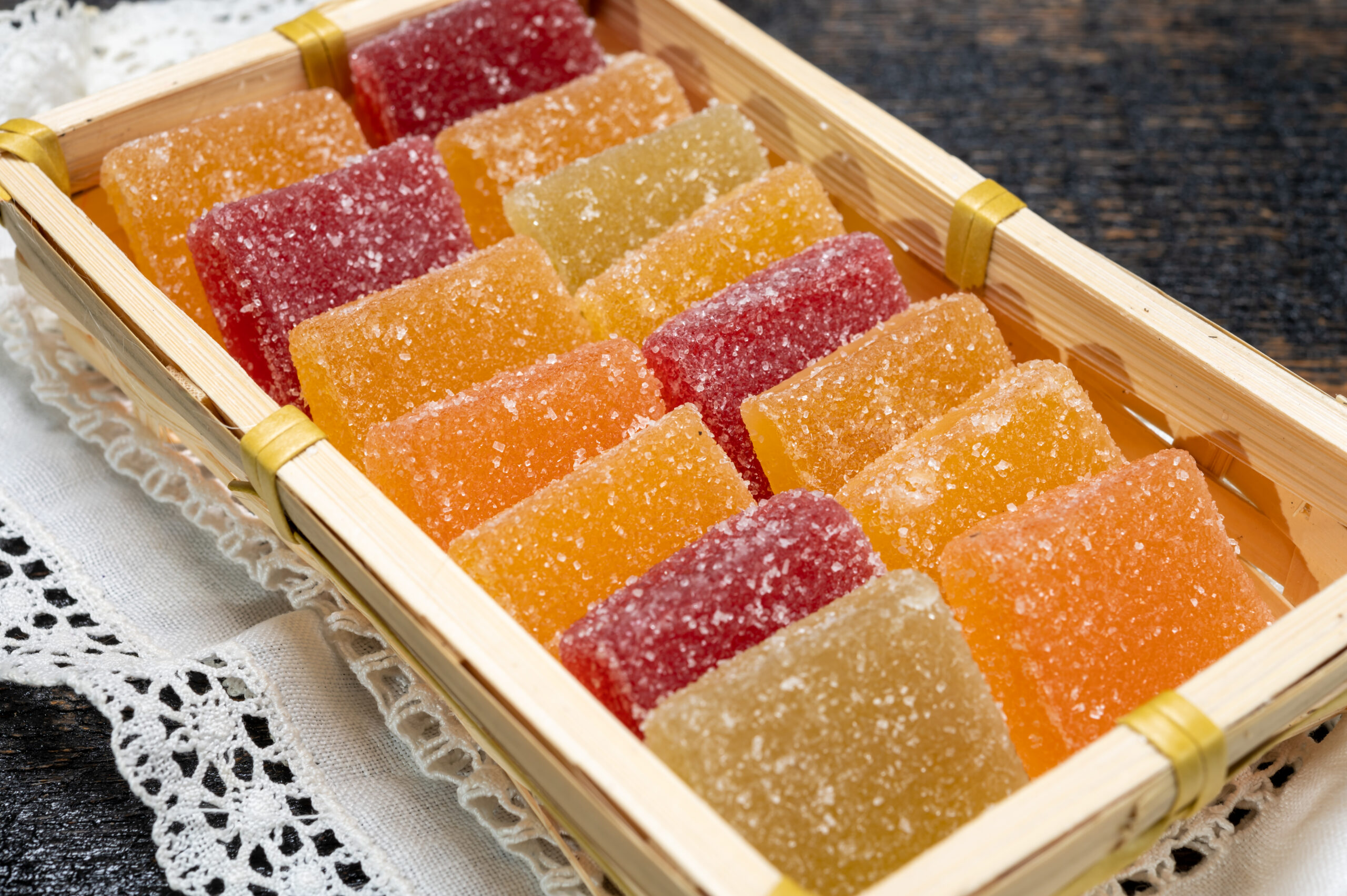
Pâte de Fruits is basically the adult version of fruit gummies, but with a French gourmet twist that makes you feel classy. And it’s fruit, so it’s healthy.
This simple confection is made from fruit, sugar, and pectin. It originated in 10th-century France as a sweet way to preserve fruit long past its season.
This dessert is perfect for impressing dinner guests or offering as a sweet gift. They’re a burst of pure, concentrated fruit flavor in every bite.
Charlotte Russe
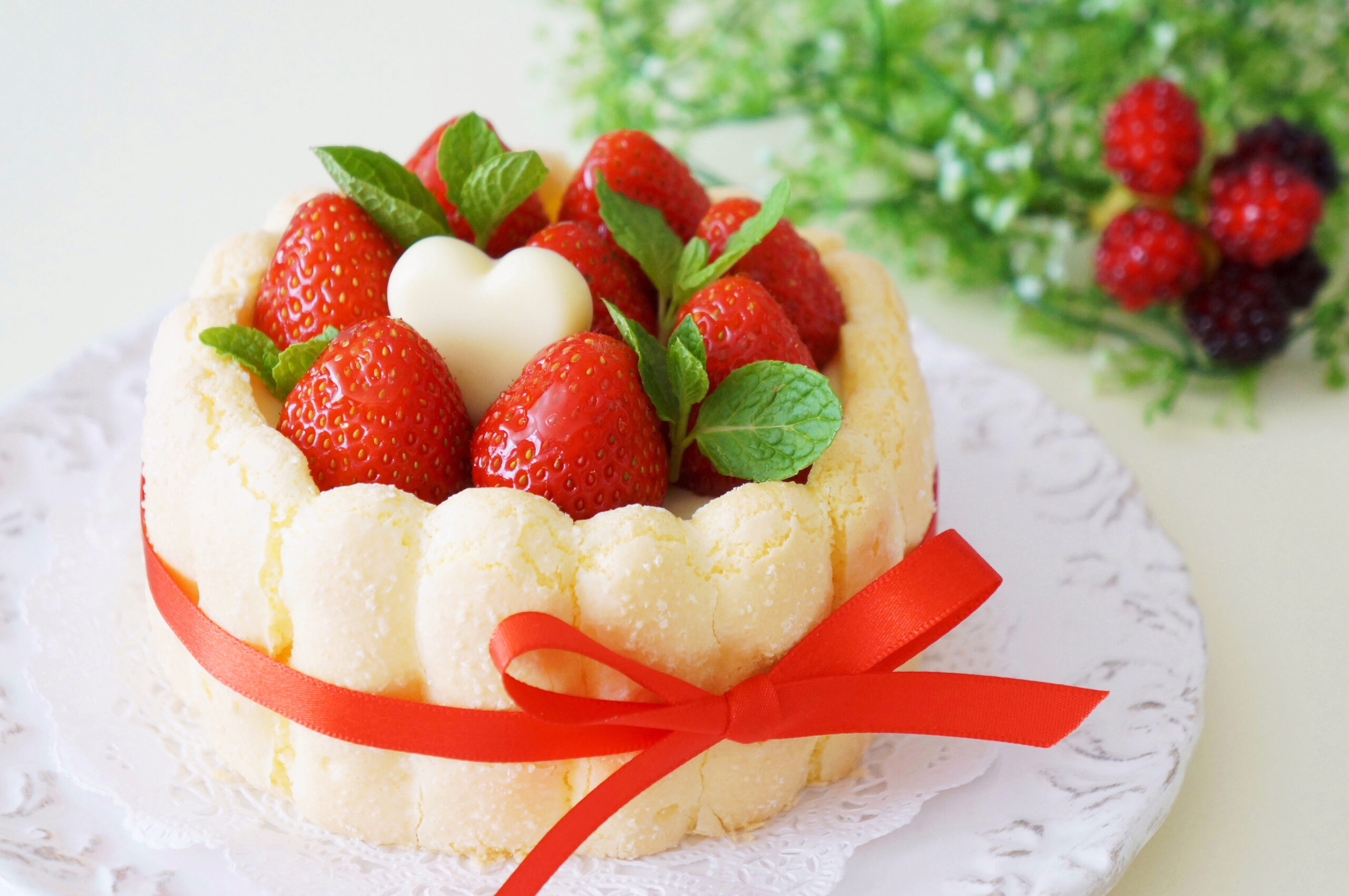
Charlotte Russe is a refreshing dessert made of ladyfingers arranged around a filling of Bavarian cream. It’s often flavored with fruit, like strawberries.
The dish originated in 19th-century France, apparently being created by a French chef working in England. It makes a perfectly romantic centerpiece for special occasions.
Creating a successful Charlotte Russe means making sure the ladyfingers are neatly arranged. And you’ll need to pay special attention to the perfect smooth and flavorful filling.
Croquembouche
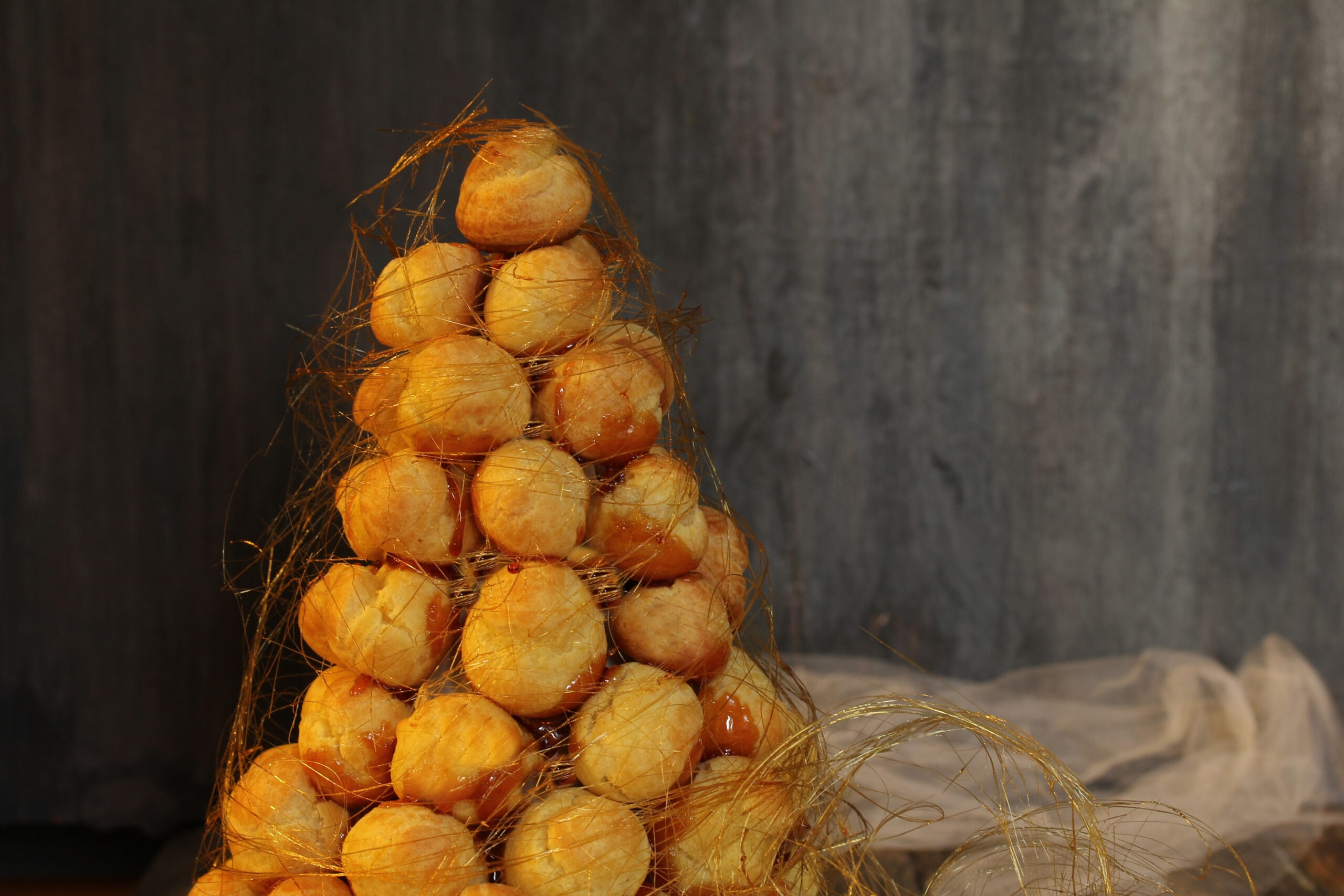
The croquembouche is basically the Mount Everest of French desserts. The work will certainly pay off, but creating this dessert is not for the faint of heart.
This tower of cream puffs, glued together and delicately decorated with caramel, dates back to the 1800s. It was actually a way for bakers to demonstrate their skills.
Thinking of serving it? Well, it’s perfect when you want to impress guests at an event or just show off on Instagram. Just make sure you practice.
Flan Parisien
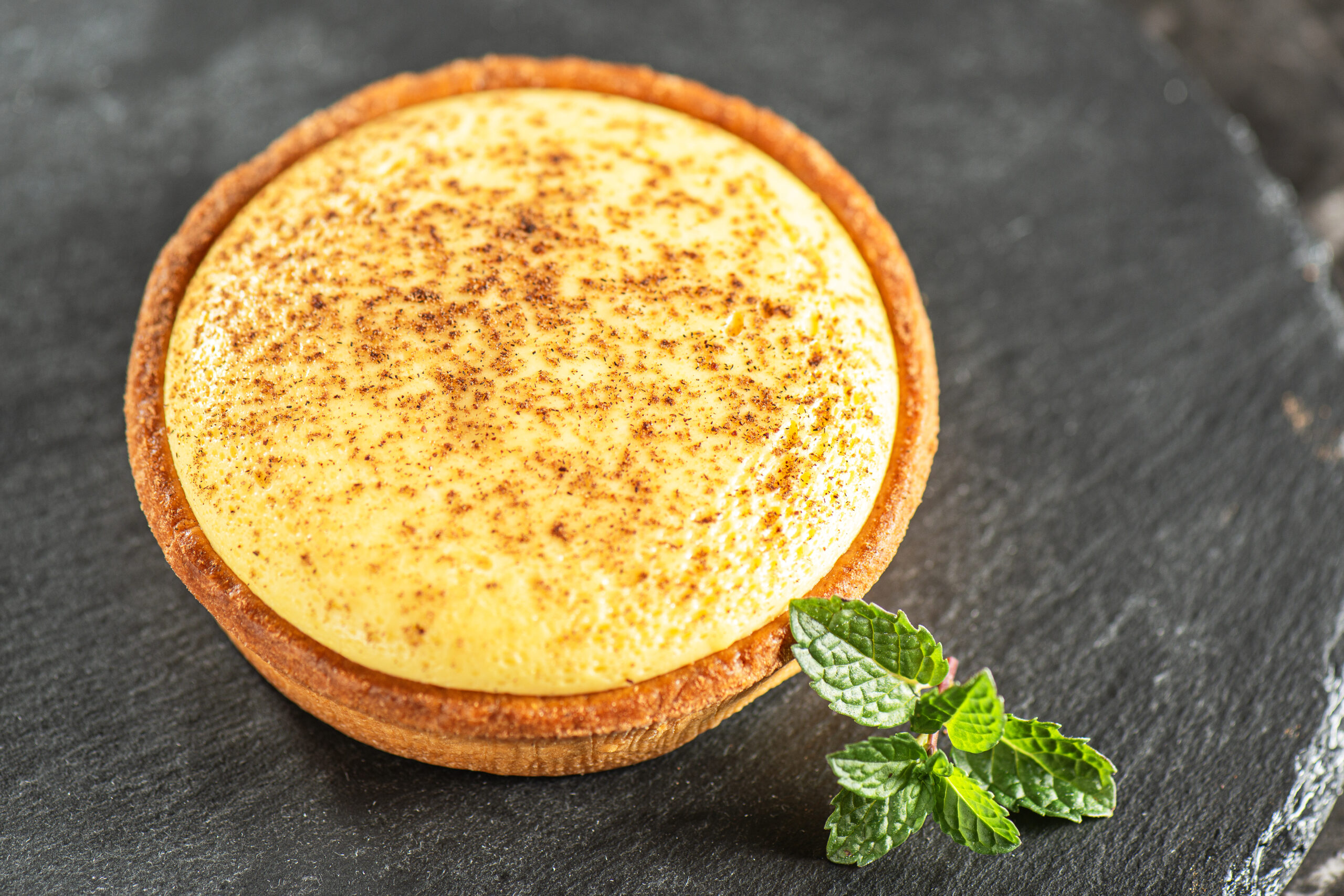
If you want to serve a French dessert but can’t spend decades studying baking techniques, this one’s for you. Flan Parisien is one of the simplest desserts.
It’s straightforward, yet sophisticated—a smooth custard tart with a flaky crust. It’s a classic French dessert that’s been delighting palates for centuries, and for good reason.
This flan is perfect for impressing guests or enjoying a quiet moment of indulgence. The trick to this dessert is crafting a silky-smooth custard and flaky crust.
Ile Flottante
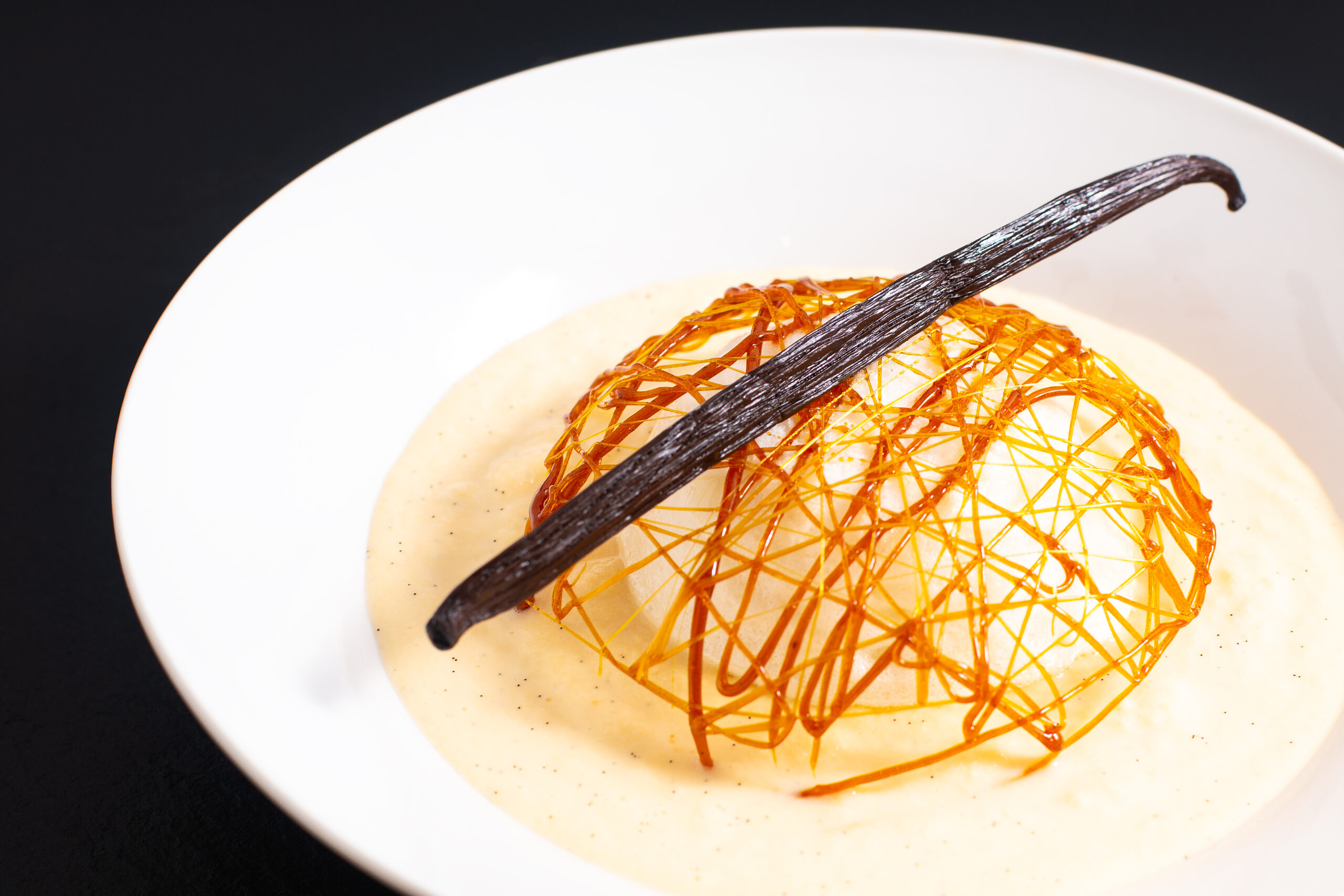
The Île Flottante, which translates to “Floating Island,” is a quintessential French dessert you have to try. It perfectly combines textures and flavors into an addictive culinary experience.
This dish features soft meringue “islands” floating in a velvety crème anglaise (fancy custard). It’s topped with a drizzle of caramel and sometimes slivered almonds.
When you prepare this dish, aim for a smooth, creamy sauce and airy meringue. Let your inner Picasso come out when you drizzle on the caramel.
Pithiviers
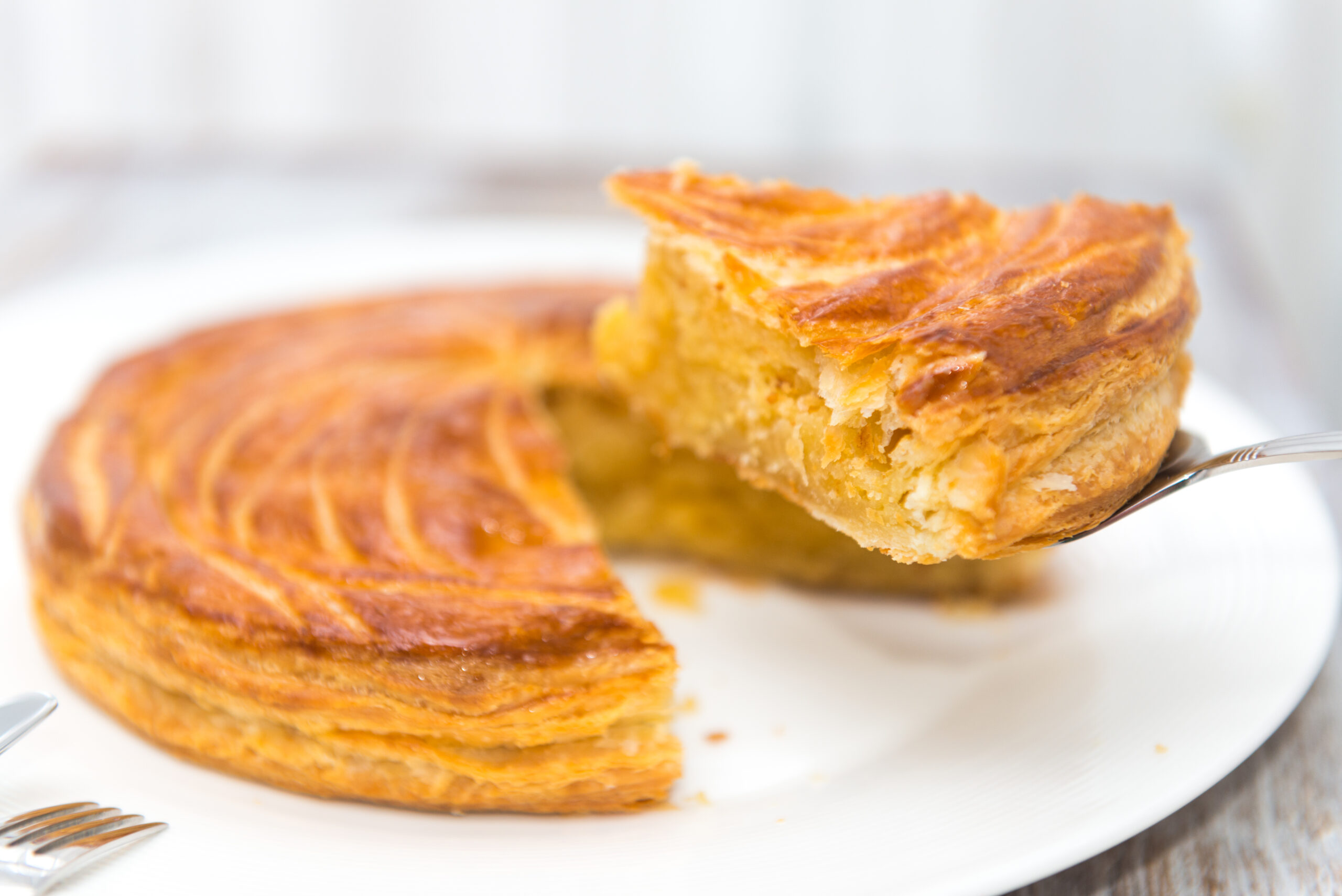
Pithiviers: the French dessert that sounds like a spell from Harry Potter but tastes infinitely better. This almond cream-filled puff pastry confection is simply stunning.
It comes from the town of Pithiviers in France, hence the name. Pithiviers seems to date back to the 1600s and can actually be either sweet or savory.
You might notice that this dessert has a strong resemblance to another on this list: Galette des Rois. And in fact, they can both be served for the Epiphany.
Vacherin
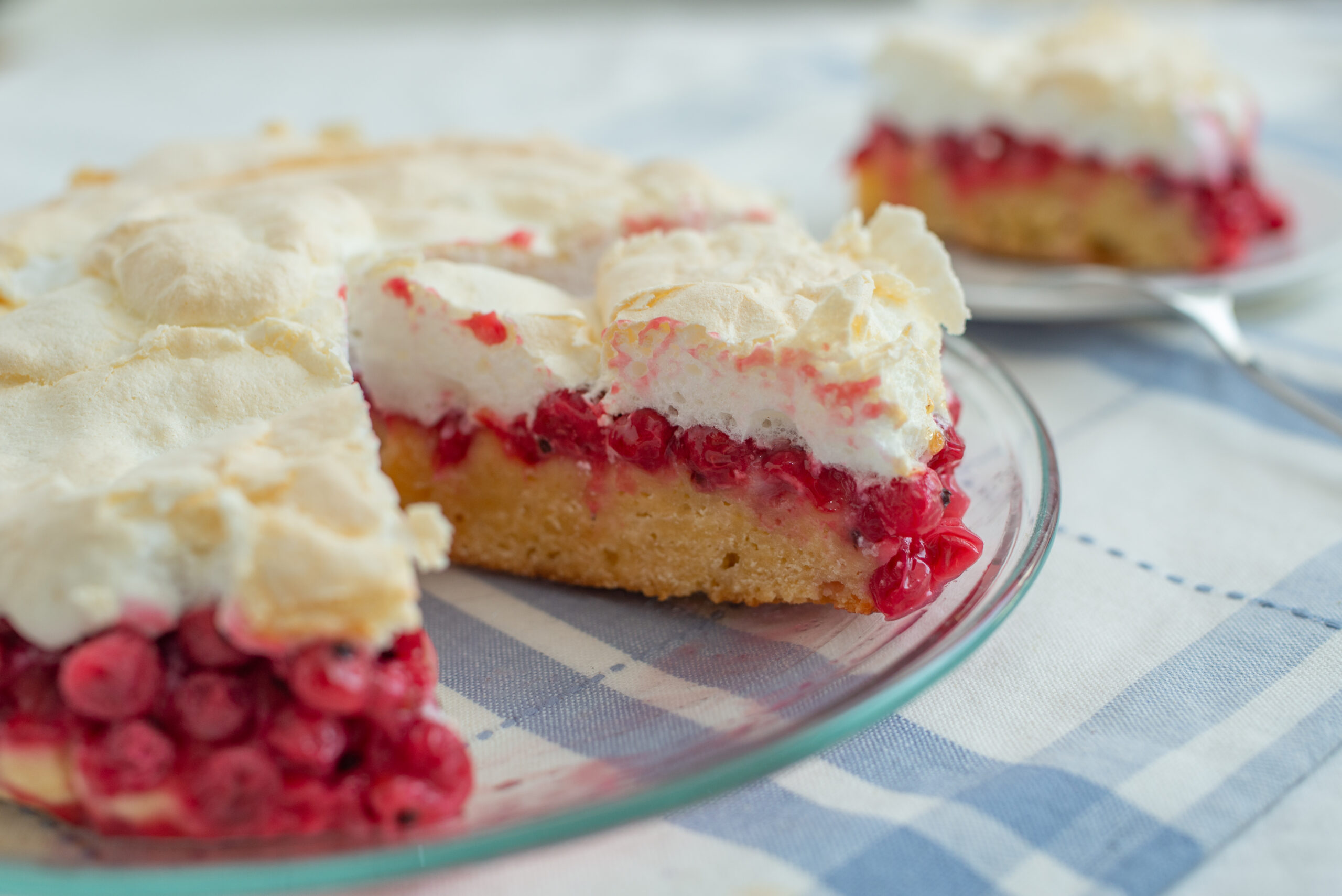
This French dessert—not to be confused with the cheese of the same name—is the croquembouche’s less extra sibling. It actually came from the same chef.
Vacherin is an assemblage of fruit, cream, and meringue, made into a pavlova-like cake. There’s also a Swiss version, created by Zuckerbäcker (no, not Zuckerberg).
You can keep this cake simple or add elaborate marzipan decorations, depending on your mood and the occasion. Elaborate or plain, this cake takes the cake.
anna Cotta
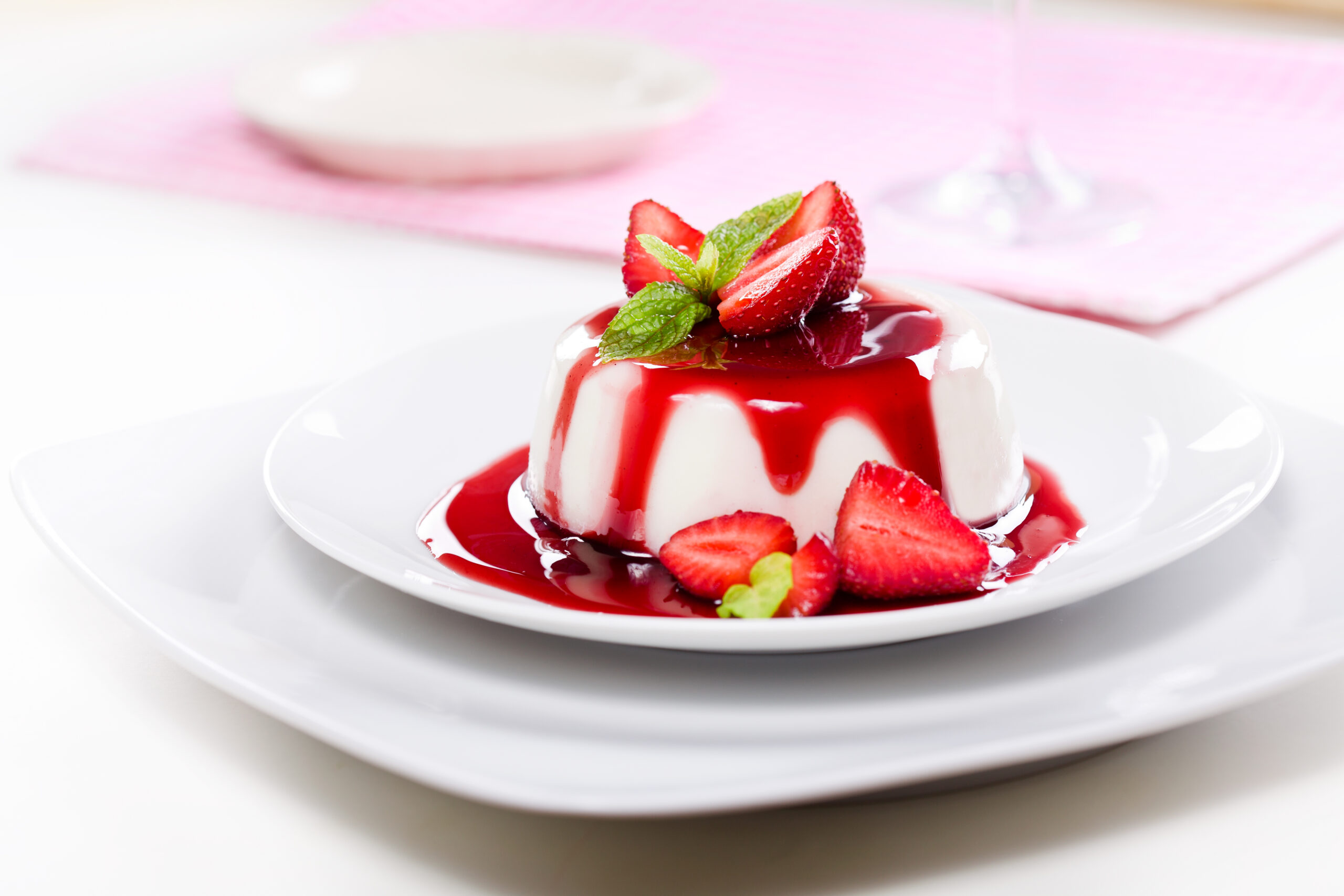
Panna cotta is a sweetened cream that is thickened with gelatin and molded into the pretty shape we know and see today.
Panna cotta is one of the ultimate “spoon desserts” for its beautiful presentation but even more so its fantastic taste.
It sometimes is aromatized with flavors such as vanilla, honey, or coffee. The dessert is absolutely delicious and hard to put down.
Canelé
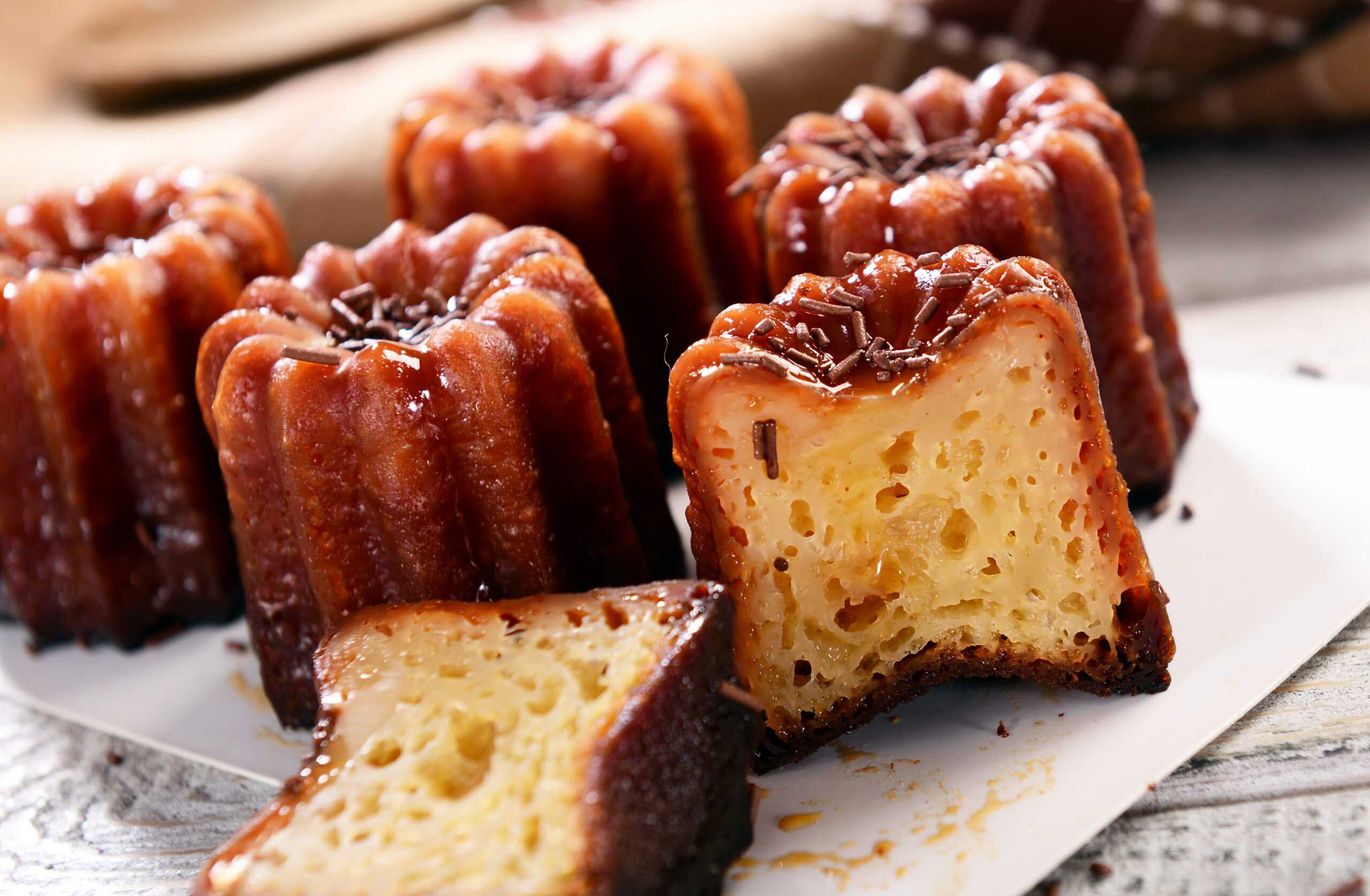
Canelés are small, striated French pastries that are a specialty of Bordeaux. They are about 5 centimeters high and have a depression at the top for the glazed center.
The batter is made of egg yolks, flour, butter, salt, and milk. The ingredients are typically mixed in a specific order and left overnight to hydrate.
Canelés have a caramelized custard center usually with a vanilla rum. These little guys are delicious and have amazing levels of texture.
Palmiers
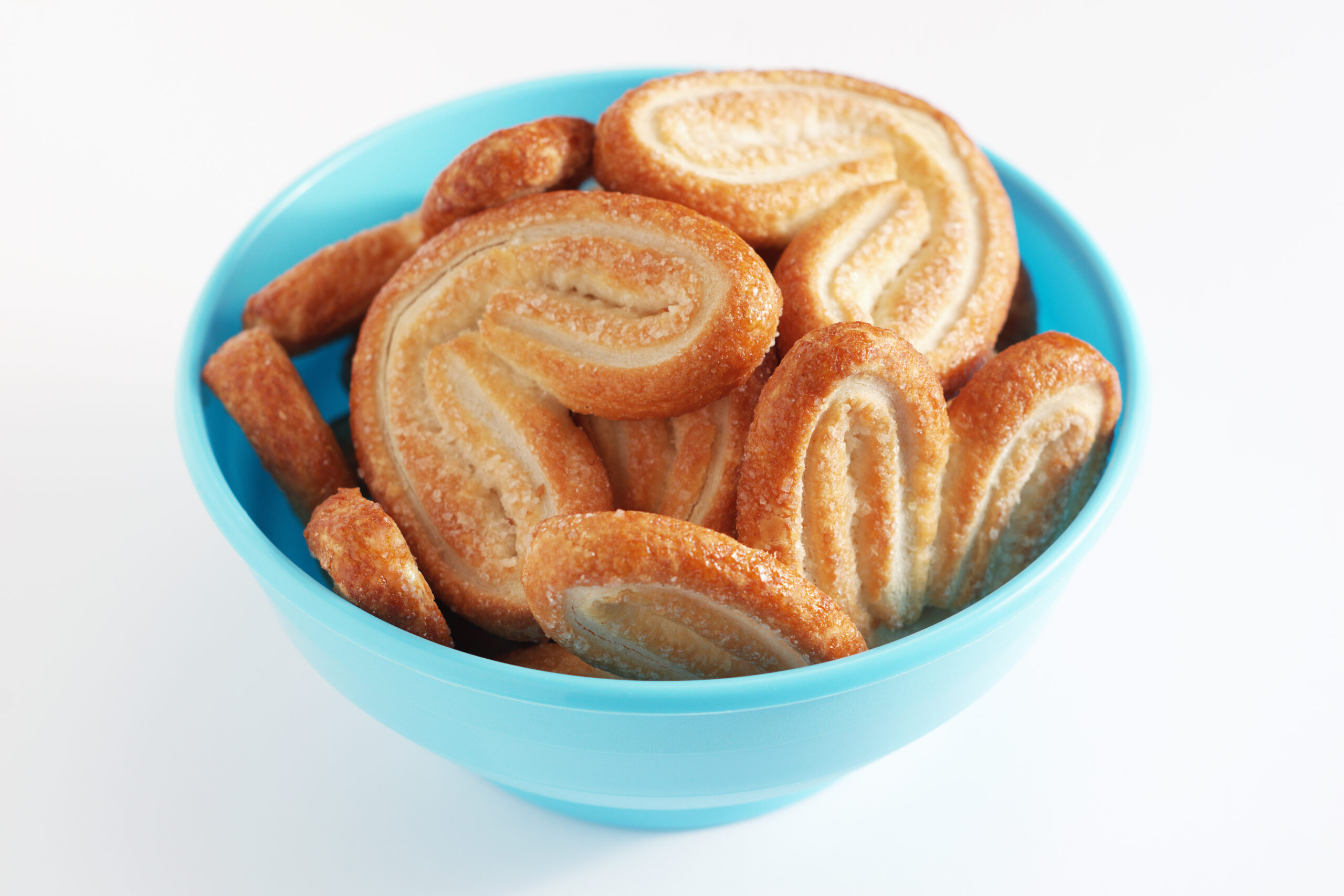
Palmiers are crispy, and slightly fall apart but always with the perfect hint of sweetness. Sometimes they would have large course sugar crystals on the sprinkled on top.
Palmier comes from the word Palerma or as we know in english “palms”. Prussiane is what they call them in Italy.
These go perfect with a glass of tea or a cup of coffee. Just hot beverages in general do great with these simple yet delicious cookies.

